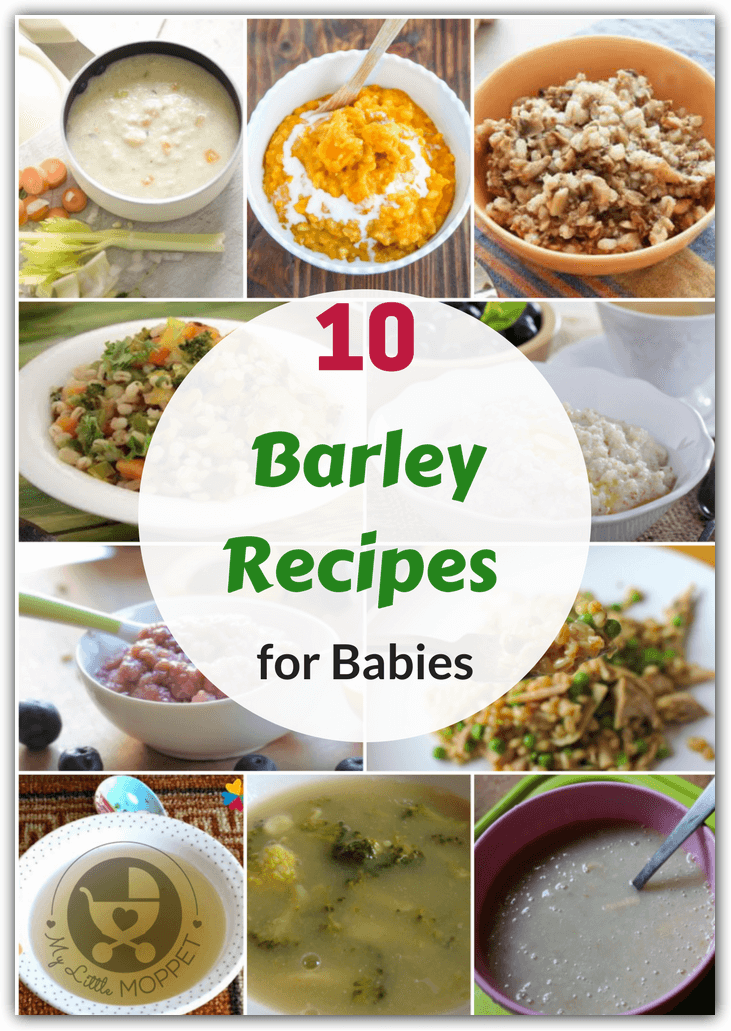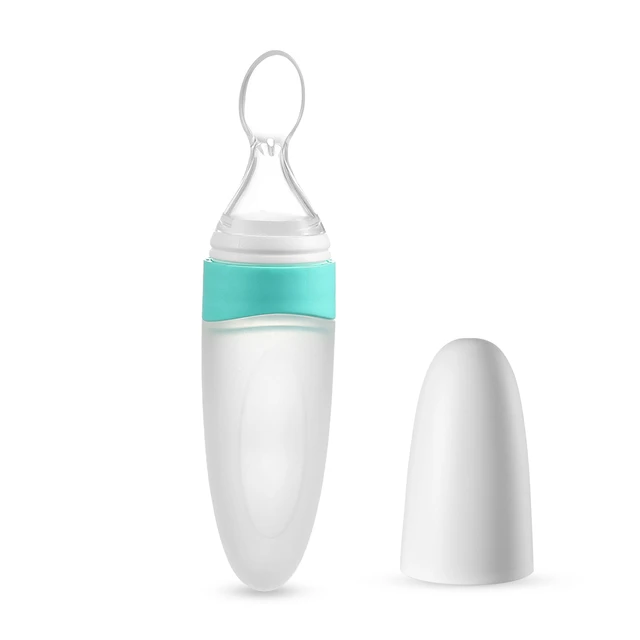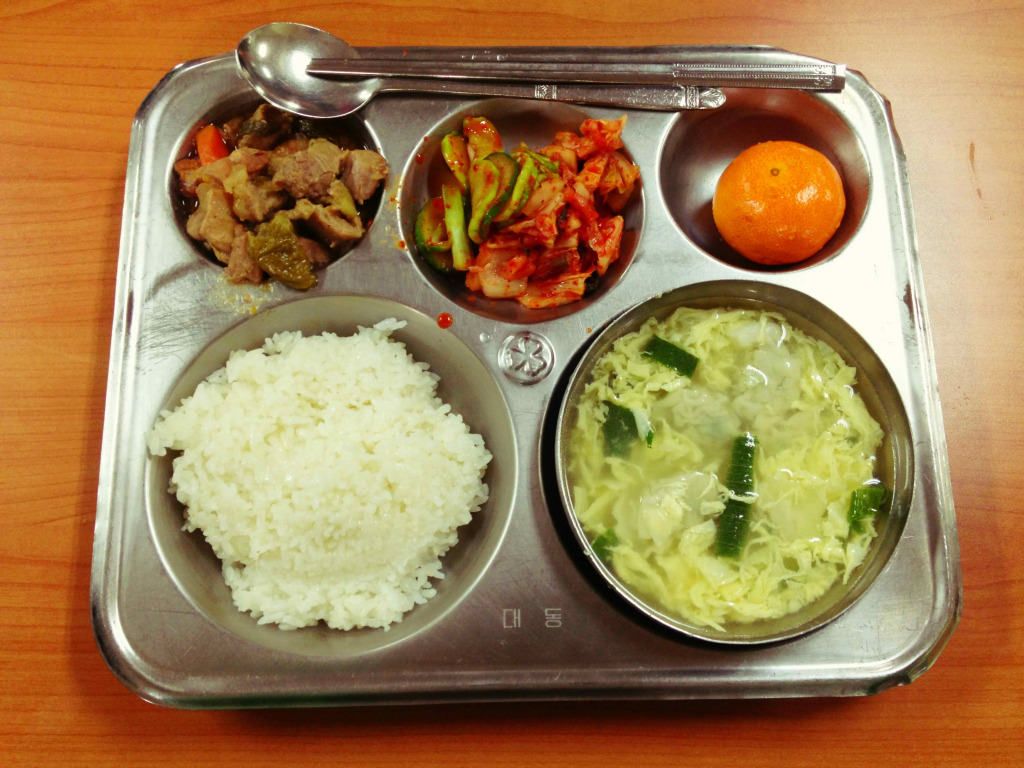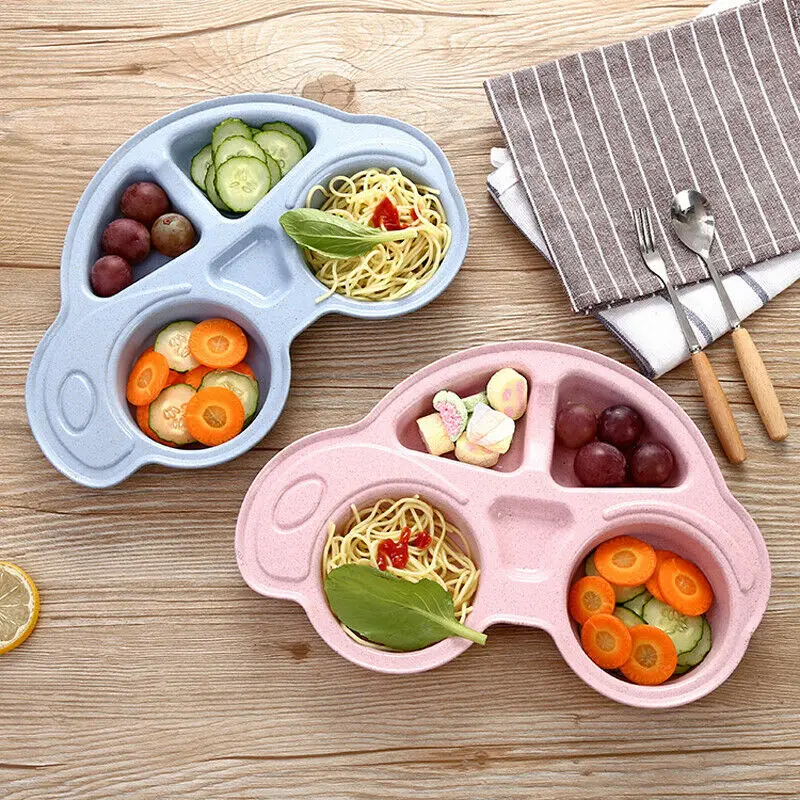High fat baby food recipes
How to Make High Calorie Baby Food
Share this post:
888 shares
Jump to RecipeI've been making homemade pureed high calorie baby food for almost two years for my extremely picky eater son to supplement his diet and make sure he gets the nutrition and calories he needs. Let me share my baby food recipe and tips with you!
As always, please work with your doctor to determine what's best for your baby instead of solely relying on information you find online. I am not a nutritionist or a pediatrician, I'm just a mom sharing my experiences in the hopes of helping others.
If this is your first time here, you can read more about our story. But long story short, my son Elliot was not interested in table foods and for a while the only food we could get him to eat was pureed baby food. Baby food was also the only way we can get nutritious fruits and vegetables into him for the longest time.
Elliot has been struggling to stay on the growth chart (read more about his struggle with weight gain), so I've had to make sure that every bite of food he eats has as much nutrition and calories as possible.
I've been making homemade high-calorie baby food ever since Elliot started eating pureed baby food. Even now that he is a toddler, I still make these pouches for him daily to make sure he gets lots of nutrients from different fruits, veggies, nuts, and healthy proteins that he otherwise doesn't eat on his own.
I also make a pureed vegetable soup for him, check that out too: Vegetable Soup Recipe for Picky Toddlers
Related recipe: Homemade Yogurt Melts
Why I make homemade baby food:
- There isn't much variety in baby food available where we live (on Grand Bahama Island), and none of it comes in convenient pouches
- I like to cook and make our meals from scratch, so why not do the same for my son?
- I want my son to get a variety of nutrients from different fruits, vegetables, nuts, and proteins
- I love using my blender
- I want my son to eat the freshest foods possible
- Homemade baby food is much more affordable than store-bought
- Homemade pureed food is a great way to supplement an older baby's or a toddler's diet and can be a great help for picky eaters.
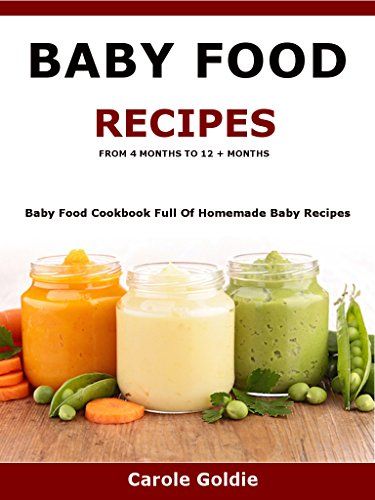 I add fruits, vegetables, beans, and nut butters that my son doesn't like to eat on their own.
I add fruits, vegetables, beans, and nut butters that my son doesn't like to eat on their own.
and the biggest reason of all that I make homemade baby food:
- Elliot needs more calories than store-bought baby food contains
It was always a challenge getting Elliot to eat a whole meal in one sitting, so we needed to feed him the best calorie dense foods for babies.
So I made baby food by pureeing fruits and vegetables (and a few other healthy high-calorie ingredients) in my beloved Blendtec blender.
The homemade baby food I make has about twice the calories of store-bought baby food spoon-for-spoon. Most store-bought containers and pouches have about 50-100 calories. The baby food that I make typically has 125 - 200 calories per pouch.
This means that even if Elliot decided he was done with food halfway through his meal, he would still be getting substantial calories from those few spoonfuls. Follow that up with some Cheerios or Goldfish crackers, or a bottle of milk if we're lucky, and I would consider that a successful meal.
Follow that up with some Cheerios or Goldfish crackers, or a bottle of milk if we're lucky, and I would consider that a successful meal.
Printable Instructions for How to Make Nutritious High Calorie Baby Food
Click the image below to get access to the free printable PDF file with instructions for how to make your own baby food. You should still read all the detailed tips below, but these visual instructions are very useful to have in your kitchen so you can refer to them when needed.
What are the best ingredients for high calorie baby food?
Banana, avocado, healthy oils, baby cereal, and nut butters (once you get the OK from your doctor) are typically recommended high calorie foods for baby weight gain.
The formula below makes about 10 ounces of baby food puree, or about two large pouches. Keep reading below on more info on how to store the baby food, and for a printable recipe card with instructions on how to blend the baby food (what to add first, what to add last).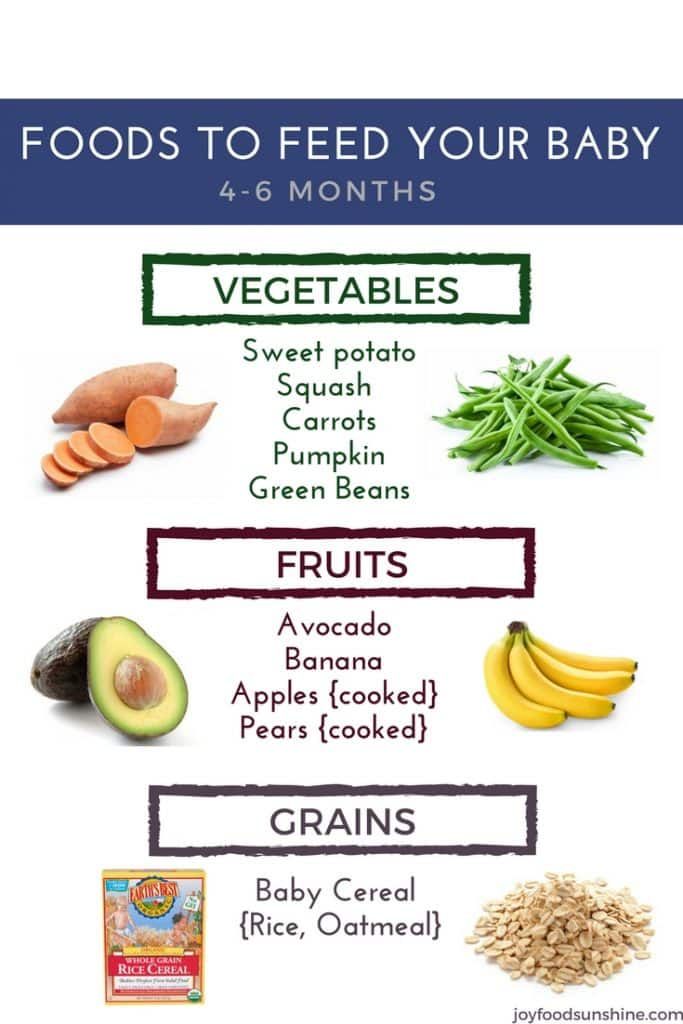
- Start with the base: banana. A medium-large banana has 100 calories in it. That's a GREAT start.
- Add the calorie-bomb healthy fat: 1 tablespoon of avocado oil or light-tasting olive oil (120 calories). Our doctor gave us the okay to add oil to the baby food purees. Other great options are 1-2 tablespoons of almond butter, cashew butter, or peanut butter. The nut butters have almost 200 calories per two-tablespoon serving and they taste delicious when blended with banana! Just make sure that your baby is not allergic to nut butters (read about allergy testing in babies).
- Add 2-4 tablespoons of baby oatmeal cereal. That's 30-60 calories. Baby oatmeal tastes fairly neutral so it works great in any baby food recipe. Just remember that oatmeal thickens with time, so always make the puree a little more liquid than you would like - it will get thicker in a day or two. The reason I prefer oatmeal is that it is a more nutrient-dense grain than rice, plus there is some controversy about arsenic in rice.
 I figure, let me just be safe.
I figure, let me just be safe. - Add other fruits or veggies - about a cup total - enough to make about 1 and a quarter cups of pureed baby food total. These ingredients don't add many calories but they do add a lot of nutritional value. Some of the combinations that work well for us are:
- frozen cherries + steamed green beans (you can't taste the green beans!)
- blueberries
- strawberries + kiwi (make sure your kid isn't allergic to either, as it's a fairly common fruit allergy)
- ½ apple + steamed carrots
- applesauce + few teaspoons of avocado
- papaya
- peach + 1 teaspoon pea protein powder
- plums + corn
- pear + steamed spinach (Elliot gets hives from raw spinach)
- mango + steamed broccoli (you really need two strong-tasting fruits to hide the broccoli flavor, so banana + mango work well)
- pineapple + cooked peas
- raspberries
- Please note that blueberries, papaya, and cherries make the baby food uh, coagulate, for lack of a better word.
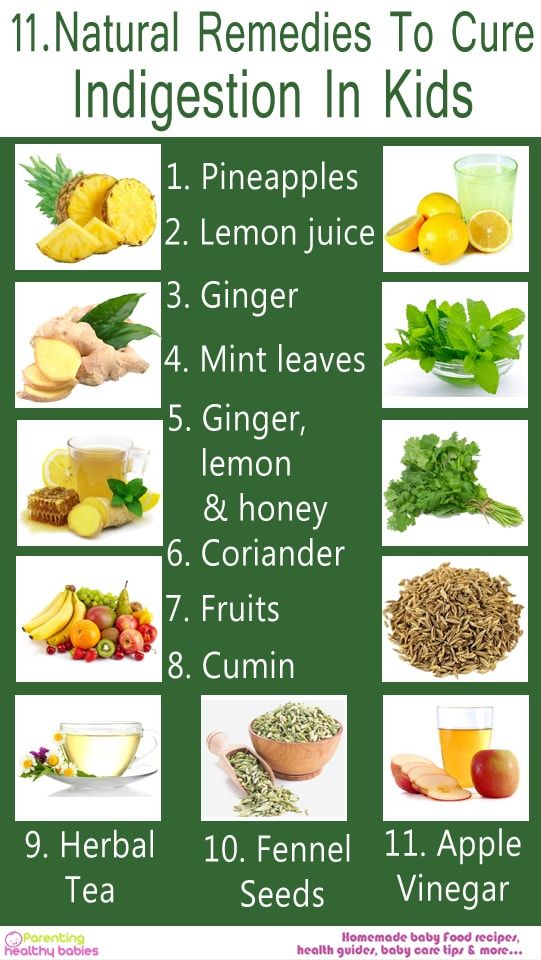 They're fine to use if you'll serve the pureed food to your child immediately, but they make the food have a weird texture on Day 2. It's fine to eat, but it just doesn't feel as good in your mouth. You can always re-blend the leftover food with a bit of juice and it will be smooth again.
They're fine to use if you'll serve the pureed food to your child immediately, but they make the food have a weird texture on Day 2. It's fine to eat, but it just doesn't feel as good in your mouth. You can always re-blend the leftover food with a bit of juice and it will be smooth again.
- Other high-protein additions: I already mentioned the pea protein powder above. Sometimes I add a few tablespoons of cooked white beans, chickpeas, or even plain chicken breast. Yes, if you have a powerful enough blender, it will puree the chicken so that you won't taste or feel it.
- Optional: Add a few splashes or orange juice or soy milk (or any vegan milk substitute). If the puree seems a little too thick, I add a splash of orange juice or soy milk, depending on what else is in the puree. For example, orange juice works great with pineapple, papaya, apples, and pears. Soy milk works well with cherries, raspberries, peaches.
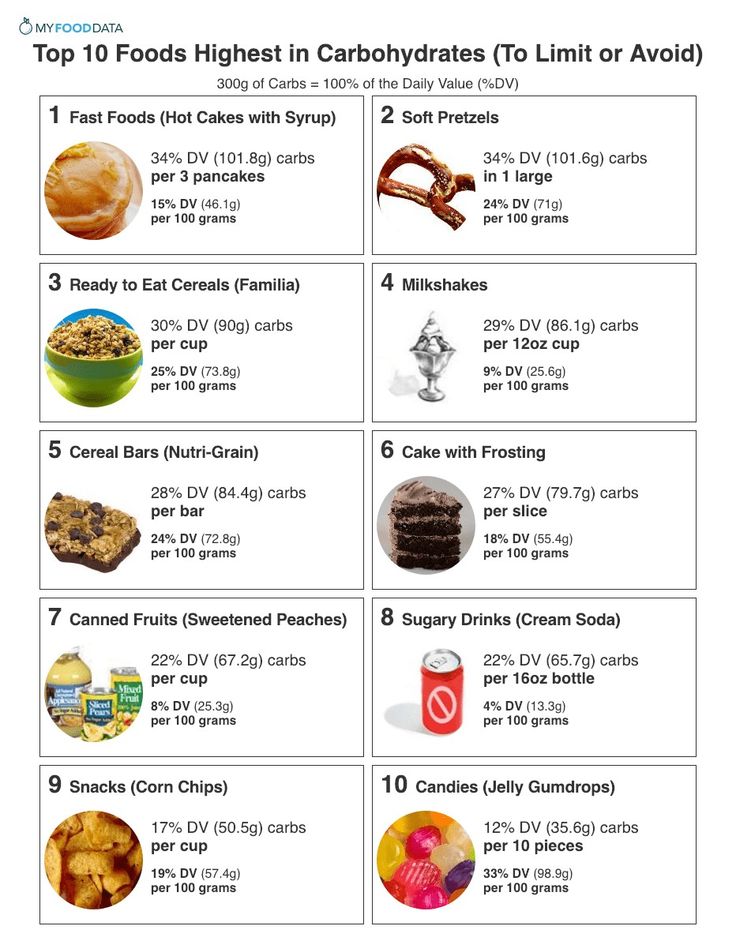 The reason I say to use a vegan milk is that it doesn't go bad as quickly as cow's milk, so the pouches don't turn funky if it takes him 2-3 days to eat them. Also, Elliot has an allergy to cow's milk (read about allergy testing in babies).
The reason I say to use a vegan milk is that it doesn't go bad as quickly as cow's milk, so the pouches don't turn funky if it takes him 2-3 days to eat them. Also, Elliot has an allergy to cow's milk (read about allergy testing in babies). - Optional: Honey. I admit, some of these combinations don't sound that appealing. However, babies eat some weird stuff without getting grossed out. They don't know that chicken and raspberries don't go together. Elliot eats all of these combinations just fine, as long as everything is pureed super smooth. That said, if you feel like your concoction doesn't taste that great, it's nothing that a teaspoon of honey can't fix. If your kid is older than 1, you can add a little honey to the baby food to make it sweeter and pulse it in the blender a few seconds. I've only had to do it once, when the banana and pear that I used just weren't ripe enough.
Luckily Elliot likes the banana flavor! I try to rotate through the other fruit and vegetable ingredients so that he is exposed to different flavors all the time and is always getting a variety of nutrients.
If your baby doesn't like banana or is allergic, just use apple sauce or pears as the base for the puree.
Obviously, check with your pediatrician to make sure your baby is allowed to eat all of these ingredients.
I try to throw in a vegetable in there whenever I can. Spinach is pretty inoffensive and unnoticeable in flavor (babies don't know that green = healthy!) so that's a good one to put into baby food.
You might need to start slow with adding some of these in, just because they will have an effect on the flavor of the purees. For example, my son only likes about a teaspoon or two of beets, avocado, or corn. Start little by little, and add more vegetables and less fruits over time to get your baby to eat more vegetables.
I add a teaspoon of pea protein powder whenever I feel like Elliot is not eating enough protein. That stuff does have a flavor, so I usually don't put more than a teaspoon.
Storing homemade baby food:
I always puree enough fruits/vegetables to make 2 large baby food pouches. Any more and I risk the food going to waste because Elliot doesn't finish it within 2-3 days.
Any more and I risk the food going to waste because Elliot doesn't finish it within 2-3 days.
I use these reusable pouches from ChooMee to store the homemade baby food in the fridge and I absolutely love them. They are easy to wash with the same bottle brushes that I use to wash Elliot's bottles.
The reason I use pouches instead of containers is that the baby food stays fresh in the pouches for longer since it's exposed to less air. Reusable pouches are perfect for baby food that contains bananas, pears, and apples - fruits that turn brown when exposed to air.
These pouches hold 5 oz of baby food - a bit more than store-bought food. At first, 5 oz was too much for Elliot, but now that he is a year and six months I can easily give him 5 oz of food at a time.
I also love using pouches because when Elliot decides to suck on the pouch he ends up eating more food faster. Usually he still prefers to be fed with a spoon and refuses to suck on the pouch, but the times that he does point to the pouch and open his mouth make for a really easy feeding.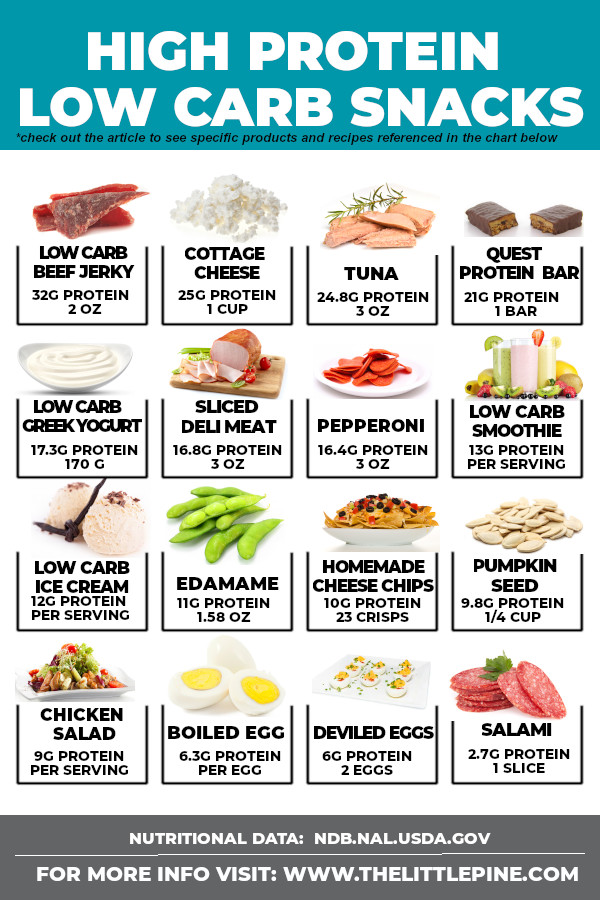 And I'll take any help I can get!!
And I'll take any help I can get!!
What you'll need to make baby food:
- A high-power blender. If your kid is anything like my kid, they will not tolerate any kind of chunks or textures in their baby food purees. This means that everything has to be super smooth - seeds and peels need to be liquefied. I absolutely love my Blendtec blender for this. It's pricey, but it's high quality. And honestly, it has paid itself off by now, considering how much money I saved not buying baby food. Blendtec blenders go on sale often, so check back regularly and maybe you'll be able to snag one at a good price!
By the way: if your child is picky about textures of food, they might benefit from sensory play. I created a list of 52 different sensory activities, one for every week of the year. Many of the activities are geared towards picky eaters. Learn more about it and join us for a whole year of sensory play: 52 Weeks of Sensory
- Set of measuring cups and spoons.
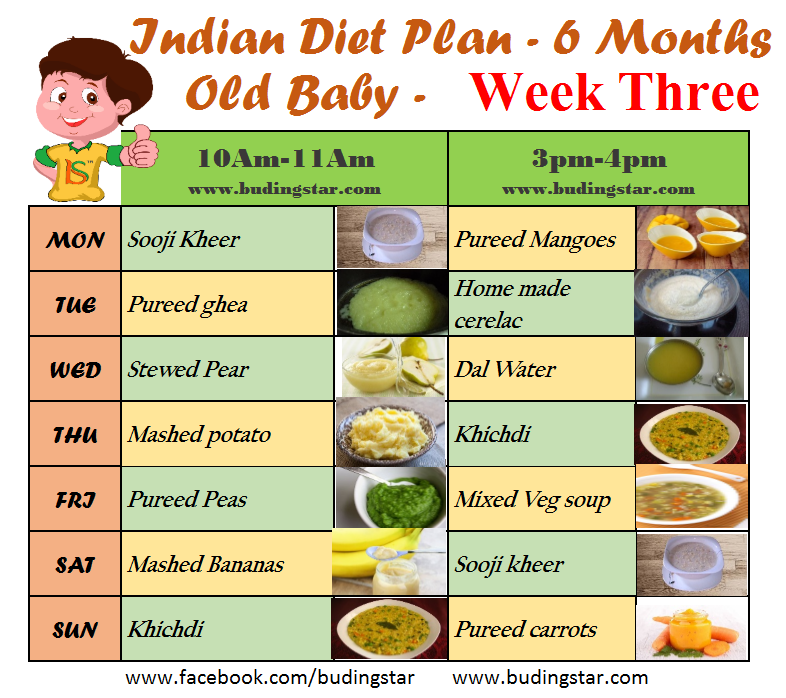 You definitely need the spoons to measure out the oil and protein powder - you don't want to go overboard with these! And the measuring cups help with making sure you don't add too much - though you probably won't even need them after you get a good feel for it. You don't want to make too much baby food at once and have it go to waste if your baby is not devouring these pouches quickly. This is why I recommend making just enough for two pouches. Bonus: These make GREAT baby toys to keep the little ones busy while you're making their food.
You definitely need the spoons to measure out the oil and protein powder - you don't want to go overboard with these! And the measuring cups help with making sure you don't add too much - though you probably won't even need them after you get a good feel for it. You don't want to make too much baby food at once and have it go to waste if your baby is not devouring these pouches quickly. This is why I recommend making just enough for two pouches. Bonus: These make GREAT baby toys to keep the little ones busy while you're making their food. - Reusable pouches. As I said above, these ChooMee ones are great. They hold 5 oz of food, they're easily washable, and they are freezable as well!
- Baby food containers. You can also use baby food containers, if you prefer. I just use regular 4 oz Rubbermaid containers. They are great because the lid fits tight and they are spill proof.
 Plus they are actually useful for other things too, like packing salad dressing to work or packing bits of table food for Elliot to eat.
Plus they are actually useful for other things too, like packing salad dressing to work or packing bits of table food for Elliot to eat. - Silicone spatula. This is to make sure you scrape out every last bit of baby food from the blender. Hey, if I am painstakingly counting the calories I am adding to the blender, I better get all the baby food puree out of that blender!! By the way, these colorful ones also make great baby toys! Just make sure they don't put the pointy end in their mouth. (That was never an issue for Elliot, who never put anything in his mouth haha).
- Optional: Kitchen scale. If you are obsessive with counting like me, you'll want to know exactly how much of each ingredient you're adding. When I first use a new ingredient, I typically weight it out so I can then google how many calories are in a 2-oz carrot, per se. I also use it all the time to measure out how much pasta to cook for Elliot, so I can keep track of his calorie intake.
 This one is nice and sleek, so it won't take up too much precious kitchen space.
This one is nice and sleek, so it won't take up too much precious kitchen space.
This baby food "recipe" has been working for us for almost a whole year now. That's not to say that Elliot eats a full pouch every time. Sometimes we still struggle getting him to sit in his high chair, or we might have to put on Elmo's World to distract him a little while eating.
But these homemade baby food purees are what helped Elliot gain weight. As he is growing and slowly trying new foods, he is eating less of them. But he still has one pouch per day, and it's a large portion of his calorie intake. On top of that, I am able to use the homemade baby food to supplement his eating by using ingredients that he would normally not eat if they were put on his dinner plate.
Prep Time 5 minutes
Cook Time 5 minutes
Total Time 10 minutes
Ingredients
- 1 Banana
- 1 cup other fruits or veggies (see notes)
- 1-2 tablespoons healthy fat, such as avocado oil, almond butter, cashew butter, or peanut butter
- Optional protein add-in: 1 teaspoon pea protein powder, cooked chickpeas, white beans, or chicken breast
- Optional add-in: baby oatmeal
- Optional add-in: splash of orange juice or soy milk
Instructions
- Break the banana into 3-4 chunks and place it in a blender.
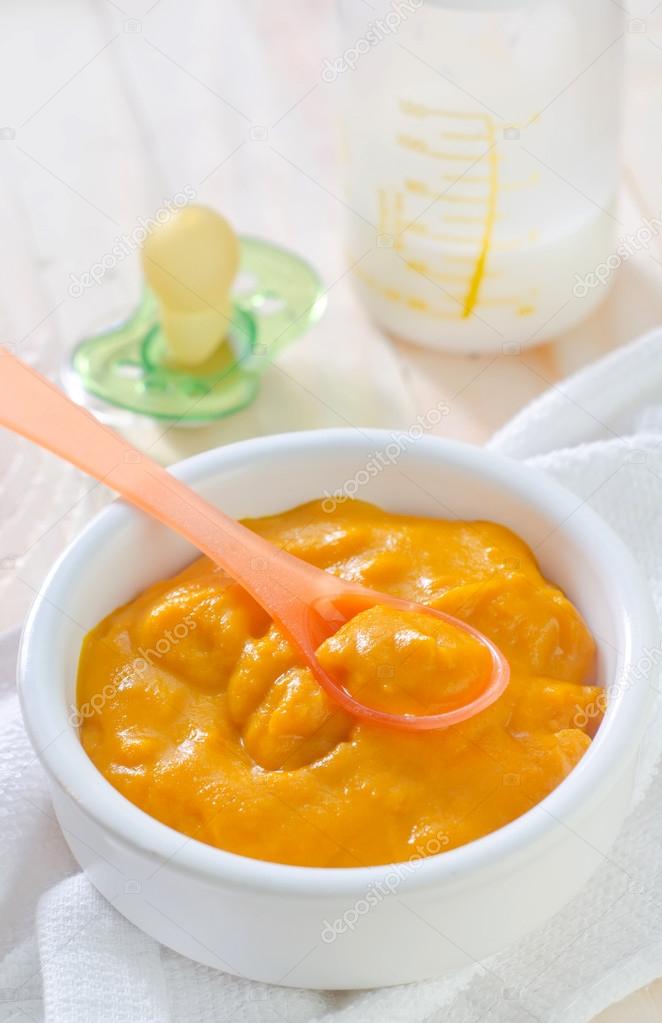 Add 1 cup fruits or vegetables (see notes), and process until smooth. Add 1-2 tablespoons of the healthy fat and optional protein or oatmeal add-in, if using. Process until smooth - you might need to scrape down the mixture with a spatula a few times. If the mixture seems too thick, add a splash or juice or vegan milk and process until smooth.
Add 1 cup fruits or vegetables (see notes), and process until smooth. Add 1-2 tablespoons of the healthy fat and optional protein or oatmeal add-in, if using. Process until smooth - you might need to scrape down the mixture with a spatula a few times. If the mixture seems too thick, add a splash or juice or vegan milk and process until smooth. - Pour into small resealable containers or re-usable baby food pouches, use a spatula to get all the baby food out of the blender. Serve immediately or keep refrigerated for up to 48 hours.
Notes
Some ideas for additional fruits and veggies to use:
- frozen cherries + steamed green beans (you can't taste the green beans!)
- blueberries (purees made with blueberries are best served fresh, since it thickens over time. If it thickens, just stir in a splash of juice the next day)
- strawberries + kiwi (make sure your kid isn't allergic to either, as it's a fairly common fruit allergy)
- ½ apple + steamed carrots
- applesauce + few teaspoons of avocado
- papaya
- peach + 1 teaspoon pea protein powder
- plums + corn
- pear + steamed or fresh spinach
- mango + steamed broccoli (you really need two strong-tasting fruits to hide the broccoli flavor, so banana + mango work well)
- pineapple + cooked peas
- raspberries + cooked beets
Recommended Products
As an Amazon Associate and member of other affiliate programs, I earn from qualifying purchases.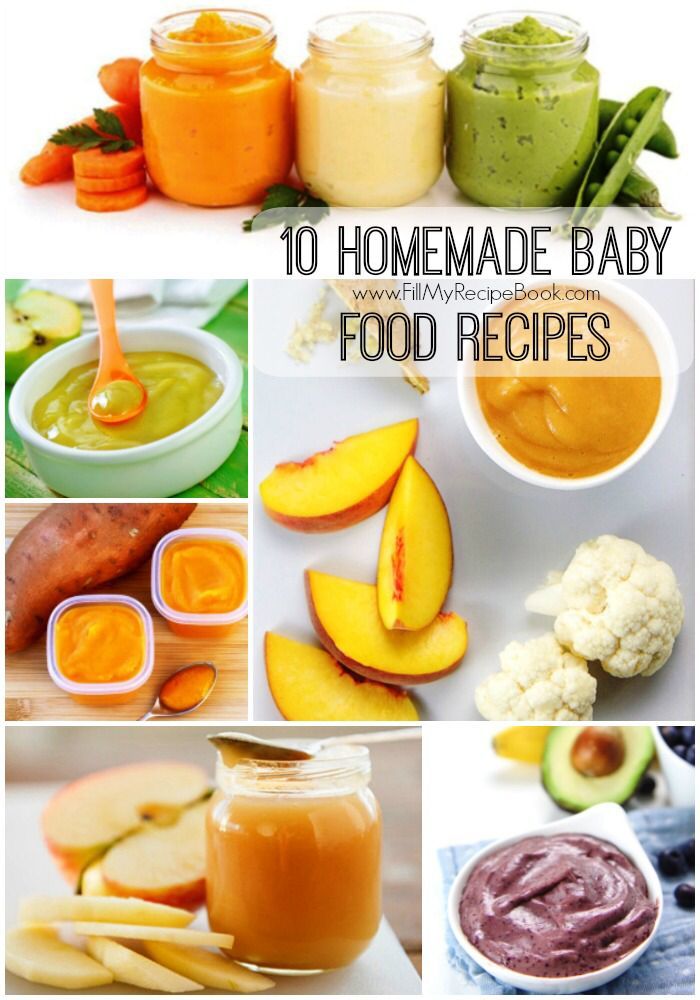
-
Blendtec blender
-
Reusable pouches
-
Avocado oil
-
Storage containers
-
Spatulas
Nutrition Information:
Yield:
2Serving Size:
1Amount Per Serving: Calories: 157Total Fat: 8gSaturated Fat: 1gTrans Fat: 0gUnsaturated Fat: 6gCholesterol: 0mgSodium: 4mgCarbohydrates: 22gFiber: 4gSugar: 11gProtein: 3g
Tell me: Do you make your own baby food? What do you put in it?? What's your baby's favorite food?? I want to hear it all! Let me know in a comment below.
Share this post:
888 shares
Top 50 Weight Gain Recipes for Babies Under One
If you’re looking for ways to include high calorie foods in your baby’s diet, check out these healthy and easy Weight Gain Recipes for Babies Under One.
50 Weight Gain Recipes for Babies Under One
Buy Healthy Nutritious Baby, Toddler food made by our own Doctor Mom !
Ever since I started this blog, weight has been the number one concern with Moms – not their own weight, but their baby’s! Whatever the child’s age, this one problem has been constant, and while we’ve already shared lots of information regarding expected baby weight and weight gain, there were still queries regarding what to feed the baby.
The result of these questions was ‘The Chubby Cheeks Cookbook‘, an exclusive book on recipes for weight gain from babies to toddlers. Besides these, we also have a range of nutritious weight gain products in our store, specifically designed with babies and young children in mind. And now to give you an extra hand, we’ve drawn up a list of 50 weight gain recipes for babies under one, including healthy weight gain foods in different formats, so you can make whatever your baby is likely to enjoy.
Important: Please follow the age recommendations on each recipe and avoid salt, sugar, honey or cow’s milk for babies under one. When trying to increase your baby’s weight, please use our standardized weight charts to ensure that your baby is indeed underweight, else you may be setting the stage for obesity in later life. In case of severely underweight babies, please consult your pediatrician to rule out any medical concerns.
(The following recipes are suitable for babies aged 6 months and above)
1. Apple puree is a popular choice for weaning babies and when combined with pear into an Apple and Pear Puree, it becomes a naturally sweet and healthy weight gaining recipe.
2. Bananas are an excellent choice for weight gaining as well as for regulating bowel movements. This Apple and Banana Puree from Parent Guide combines the benefits of apples and bananas in one dish.
3. You can’t go wrong with this Green Peas and Potato Puree, where two weight gaining super foods come together to create a nice, creamy mash. Peas are rich in protein, calcium and iron while potatoes are an excellent source of potassium.
4. Pumpkins have a natural sweetness to them which is why they’re popular with babies! Try out this Pumpkin Puree recipe to make the most of this interest and add on some healthy calories.
5. This Ragi Flakes Porridge is a great weight gaining recipe for babies over 6 months, as long as you skip the sugar. Instead, opt for fruit purees or applesauce to sweeten the porridge naturally.
6. Our grandmothers did something right when they fed us porridge made of Raw Kerala Banana Powder! Packed with carbohydrates and potassium, this is something that is a must have for babies over 6 months.
7. One of the most popular traditional baby foods, Sathumaavu Porridge is the perfect way to add calories to baby’s diet along with loads of nutrients and healthy fats.
8. When your baby is ready for some texture in her food, opt for this Ghee Rice recipe that’s easy to make, easy to feed and versatile enough to customize with vegetable puree or chicken puree.
(The following recipes are suitable for babies aged 7 months and above)
9. While ragi in itself is a nutritious and weight gaining food for babies, adding moong dal to the mix takes it a notch higher. Try out this Ragi Moong Dal porridge to get the benefits of both ingredients.
10. We know that green peas are a good idea for adding calories to your baby’s diet, so why not make it better by feeding her this Buttered Peas Puree from Archana’s Kitchen?
11. Pumpkins are easily available in all Indian states, and are a household favorite. Make it your baby’s favorite too by feeding her this nutritious Pumpkin Soup. Be sure to skip the salt and add some spices instead.
12. These Sooji Potato Pancakes from Yummy Tummy Aarathi are soft, yummy and perfect for weight gaining in babies. You can skip the veggies for young babies and avoid the salt completely.
These Sooji Potato Pancakes from Yummy Tummy Aarathi are soft, yummy and perfect for weight gaining in babies. You can skip the veggies for young babies and avoid the salt completely.
13. Need a healthy breakfast recipe that’s both nutritious and will keep baby full for a while? Check out this Banana Oats Pancake recipe that combines weight gaining foods like Kerala bananas and oats.
14. When your baby is ready for finger food, make these Multigrain Pancakes or Adai Dosa and break it into small pieces. Just be sure to avoid the salt and make the pancakes soft enough for baby to chew with her gums.
(The following recipes are suitable for babies aged 8 months and above)
15. If you have kids at home, then a jar of Dry Fruits Powder is a must have! You can add this nutritious mix to practically any dish – porridge, kheer or smoothies – and it’ll only add to the flavor, healthy calories and nutrients.
16. Besides banana puree or applesauce, Dates puree is also an excellent way to sweeten baby food, while also adding those valuable healthy calories. Check out the recipe from Yummy Tummy Aarathi to make this versatile puree.
17. Potatoes and cheese are both considered healthy weight gaining foods for babies, and they come together in this yummy Potato Cheese Mash recipe from Bumps and Baby!
18. If your baby likes paneer, this Paneer Vegetable Puree is an excellent way to sneak in some veggies! Just make sure to cook the paneer and vegetables just right so you don’t end up with rubbery paneer and mushy veggies!
19. Apple and chicken make a nice, flavorful combination, and is popular with young kids. Bumps and Baby have taken this combo and added sweet potato, making this Chicken, Apple, Sweet potato mash a deliciously healthy recipe.
20. Many Moms have trouble feeding their babies eggs, but this Egg Yolk, Avocado and Sweet Potato Puree from Buona Pappa should solve that problem, since it’s so creamy and hearty!
21. Dal is quite an underrated food in most Indian homes, but it’s a great way to add some protein to your baby’s diet, especially if you’re vegetarian. Check out this simple Dal and Vegetable Mash from Tarla Dalal which can be customized with your choice of veggies.
Dal is quite an underrated food in most Indian homes, but it’s a great way to add some protein to your baby’s diet, especially if you’re vegetarian. Check out this simple Dal and Vegetable Mash from Tarla Dalal which can be customized with your choice of veggies.
22. If your baby is ready for some desi food, we’d recommend this mildly spiced Indian Chicken Puree – her first step into the world of curries! Keep it a little chunky for older babies to practice chewing.
23. If your baby is a fan of food that’s less spicy and on the sweeter side, this Chicken and Apple Puree from Buona Pappa may be a better hit with her. The combination of apples and chicken adds protein, nutrients and of course, healthy calories!
24. This Strawberry Chia Seeds Oatmeal from Baby Foode is a ‘loaded’ oats dish, containing oats, strawberries and the calorie and protein-rich chia seeds! Skip the honey and opt for date syrup instead.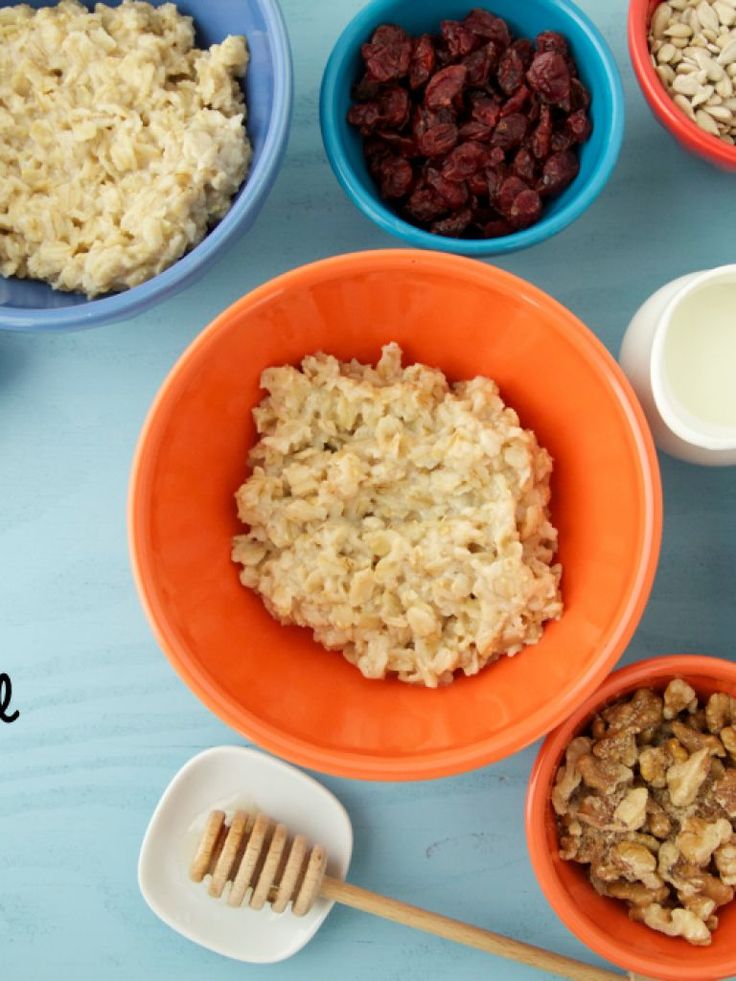
25. Tarla Dalal creates a winner of a weight gaining recipe by combining jowar, ragi and dates in a protein, calcium and iron-rich Jowar Ragi and Date Porridge. This makes a great breakfast to start baby’s day on a healthy note.
26. If you’re looking for finger food recipes that also contribute to weight gain, these Egg Yolk Ragi Pancakes are a good choice. Packed with protein-rich ragi and eggs, these pancakes are a breeze to make and soft enough for young babies to munch on.
27. These Herbed Potato Bites aren’t just a great finger food for young babies, they’re also a good snack for kids while watching TV or lazing around! They’re easy to make and are a healthy alternative to French fries. Just skip the salt when making for babies.
28. If you’d like a snack that’s a little more hearty, try these Pan Fried Paneer Cubes. The best part is that these can easily be customized to suit your baby’s taste.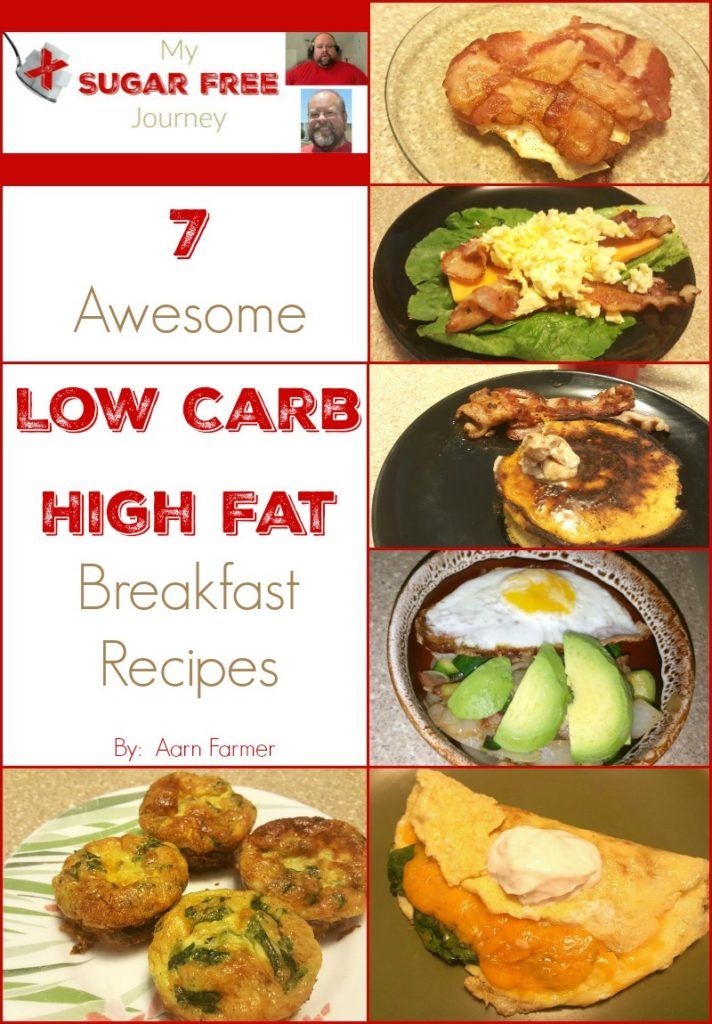
29. This Mixed Vegetable Soup is an excellent way to ensure your baby gets all her nutrients, hydration requirements and calories in one go, especially in summers when she’s not in a mood to eat much. Skip the salt so your little one can eat it without trouble.
30. Add some protein to your regular vegetable soup by including dal in it. Our Vegetable Moong Dal Soup is filling enough to make for a full meal, and not just a soup to begin your dinner!
31. Khichdi is something Moms all over India make, at some point or the other. When making for your baby, try this Oats Khichdi that’s a welcome savory change from regular sweet oatmeal or porridge.
32. This Broken Wheat Moong Dal Khichdi from Archana’s Kitchen is a filling meal that’s perfect for helping baby sleep well all night after dinner! The ghee increases the heartiness of the meal while adding calories.
33. Kerala bananas aren’t good just in powdered form – the ripe version is also ideal for weight gaining! This Kerala Banana Ghee Fry from GK Food Diary is easy to make, with just ghee and bananas for babies under one year.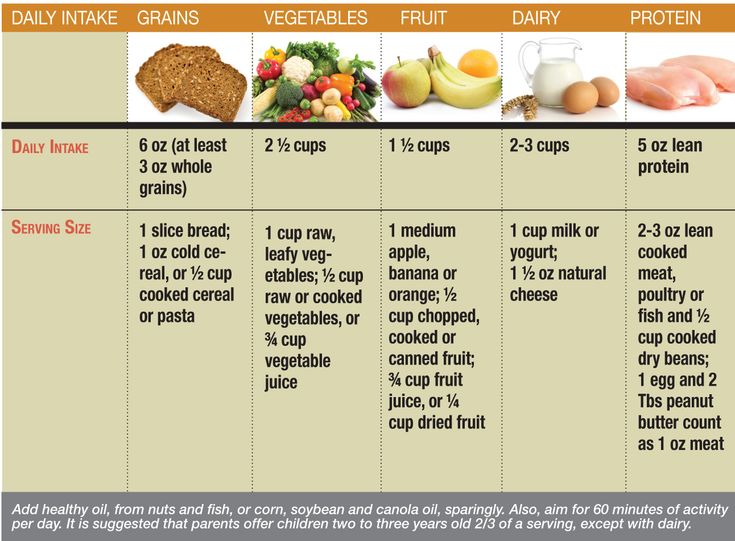
34. Tarla Dalal has the perfect balanced meal in this Oats Vegetable and Brown Rice Khichdi. Using the pressure cooker, you can cook it to make it as mushy as you like. Skip the salt, with everything else, the babies won’t miss it!
35. Here is an easy Banana Omelette recipe that gives your baby a naturally sweet breakfast option! For older babies, you can try serving this with a dosa for a good dose of carbohydrates too.
36. You’ve tried a fruit omelette, now it’s time to go for a vegetable omelette! The best part about this Egg Yolk Vegetable Omelette is that you can customize it any way you want, making it a light snack or a full fledged meal.
37. It’s not just food that can help in weight gain, drinks can too! The Lemon Bowl has a delicious looking Avocado Blueberry Baby Smoothie that contains multiple weight gain ingredients like avocado, oats yogurt, flax seeds and more!
38. Did you ever think you could make muffins with just three ingredients? Well, Healthy Little Foodies have done it, with their Fruity Egg Muffins recipe, perfect for babies over 8 months!
39. If your little one is constantly eyeing your plate and trying to grab your food, it’s time to give her a treat! These Sweet Potato Banana Bites from The Lean Green Bean are delicious, gluten-free, dairy-free and sugar-free.
If your little one is constantly eyeing your plate and trying to grab your food, it’s time to give her a treat! These Sweet Potato Banana Bites from The Lean Green Bean are delicious, gluten-free, dairy-free and sugar-free.
40. If your baby liked the recipe above, here’s another one you can try – Carrot Oat energy balls from My Kids Lick the Bowl. With ingredients like oats, sunflower seeds, dates and carrots, these balls are little powerhouses of nutrition and healthy calories!
41. Little one clamoring for dessert! Feed him a nice and thick Ragi Banana Halwa, specifically designed for babies under one! This recipe has no sugar, salt, honey or cow’s milk, containing only natural goodness with ragi and banana.
42. This Avocado Cream Dessert from Homemade Baby Food Recipes is something that will tempt adults too! With the natural creaminess of avocado and banana, this desert is perfect served chilled or frozen in summer.
43. Kheer doesn’t have to be a festive treat – this Oats Kheer recipe is something your baby can have every day! Packed with the weight gaining benefits and nutrients of oats, this is much more than a simple dessert.
44. When it gets hot, baby needs something to cool her down, and this Mixed Fruit Ice Cream from Homemade Baby Food Recipes is a good choice! Customize it to include the fruits you like, but we think avocados and bananas are a must have!
(The following recipes are suitable for babies aged 10 months and above)
45. If you’d like a simple meal that’s easy and comforting for baby when she’s not in the mood for anything new, then this Vegetable Dalia Khichdi is your best bet!
46. Get your little one used to eating greens on a daily basis by trying out this Green Khichdi recipe from Evergreen Recipes! Packed with green peas and potato, this is a super weight gaining recipe! Skip the salt for babies under one.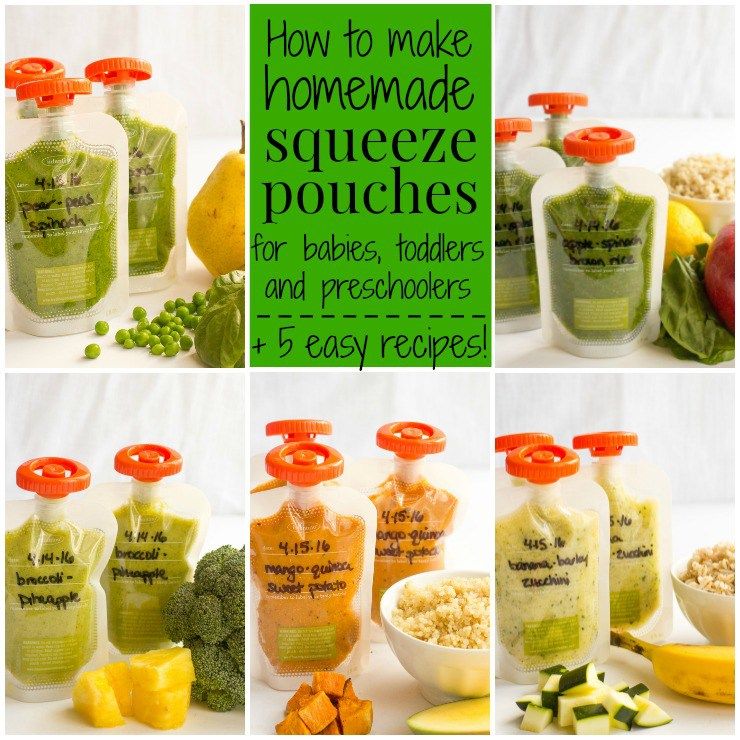
47. Store bough biscuits and cookies are never a good idea for a snack, especially when you can easily make them at home! These Sathumaavu Veggie Crackers are made of real veggies and you can skip the salt and baking soda for your baby.
48. If the whole family’s enjoying a Chinese meal, don’t let baby feel left out! Offer her this Paneer Vegetable Fried Rice that’s got protein from paneer, carbohydrates from rice and nutrients from vegetables.
49. Once your baby is used to plain chicken puree, you can start introducing her to a combination of flavors, like this Chicken Vegetables Meal from Made for Mums.
50. Not all puddings have to be laden with sugar! This Egg Pudding is a sugar free recipe that’s perfect for babies under one. So now they can enjoy a healthy treat and maintain their weight at the same time!
You may also like to check out these posts:
14 Egg Recipes for Babies
65 Healthy Dates Recipes for Babies
35 Ragi Recipes for Babies and Kids
25 Easy Oats Recipes for Babies and Toddlers
25 Banana Recipes for Babies Under One Year
Buy Healthy Nutritious Baby, Toddler food made by our own Doctor Mom !
Shop now!diet and food products
All parents dream of their children growing up healthy, beautiful and smart.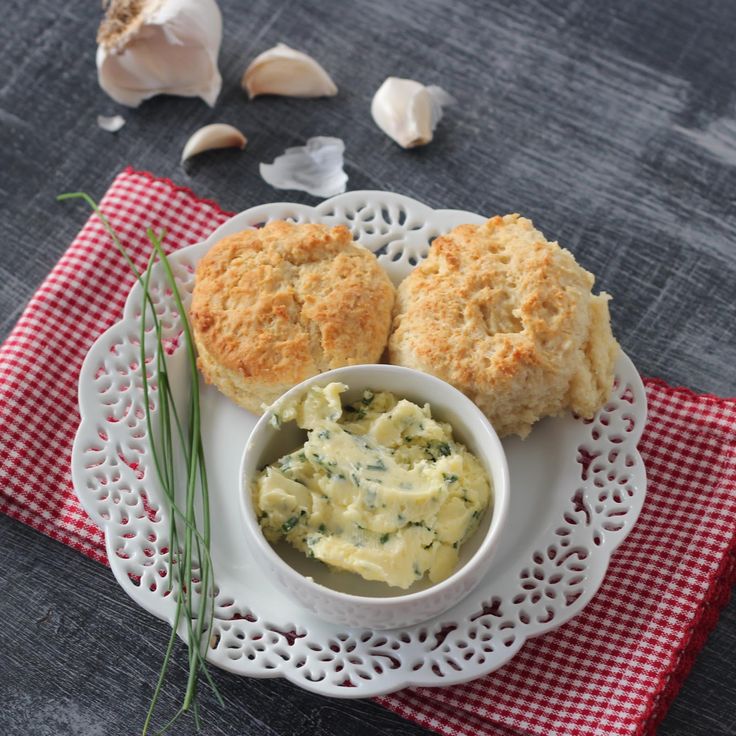 And many people know that one of the important factors contributing to the achievement of this goal is a balanced diet 1 .
And many people know that one of the important factors contributing to the achievement of this goal is a balanced diet 1 .
It is especially important to properly make a diet for a teenager. It must necessarily contain foods rich in calcium. The sources of this element are milk, cottage cheese, kefir, curdled milk, hard cheese. These foods must be consumed daily by teenagers 2 . Offer your child different dairy products and prepare various dishes from them - then he will eat them willingly 3 .
Complete nutrition of a teenager is impossible without whole grain products - special types of bread (wheat and rye), cereals made from buckwheat, rice (preferably brown), corn, oats, barley 3 .
It is extremely important that a teenager's diet includes adequate amounts of nutrients, vitamins and minerals 3 .
Principles of healthy eating
A teenager's meals should be regular, so it's important to have a plan that your son or daughter will follow every day.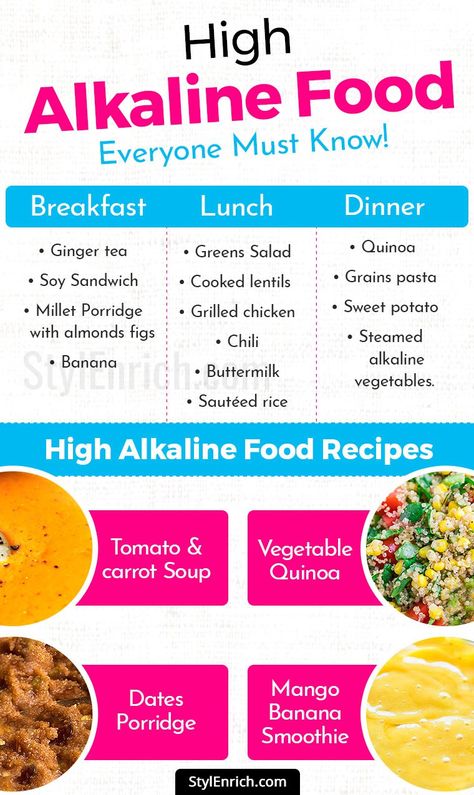 The menu should be as varied as possible so that the child receives in the right amount both the main, irreplaceable nutrients, and the secondary 2 .
The menu should be as varied as possible so that the child receives in the right amount both the main, irreplaceable nutrients, and the secondary 2 .
At least 50-60% of the protein in the daily diet of a teenager should be animal products. He also benefits from fats that are present in vegetable oil, sour cream, nuts, cheese and other foods. It is desirable that about 70% of all fats consumed per day be vegetable. This is the basis of proper nutrition 2 .
The child needs to be given more carbohydrates than other nutrients. The optimal ratio of carbohydrates to protein is 4:1. Sources of fast carbohydrates (sweet foods) should not exceed 20% of all carbohydrates consumed by a teenager 4 . Complex carbohydrates for a child are cereals, potato dishes and bread. When preparing flour dishes, it is recommended to give preference to wholemeal flour 4 .
Fish should be on the teenager's menu at least 1-2 times a week.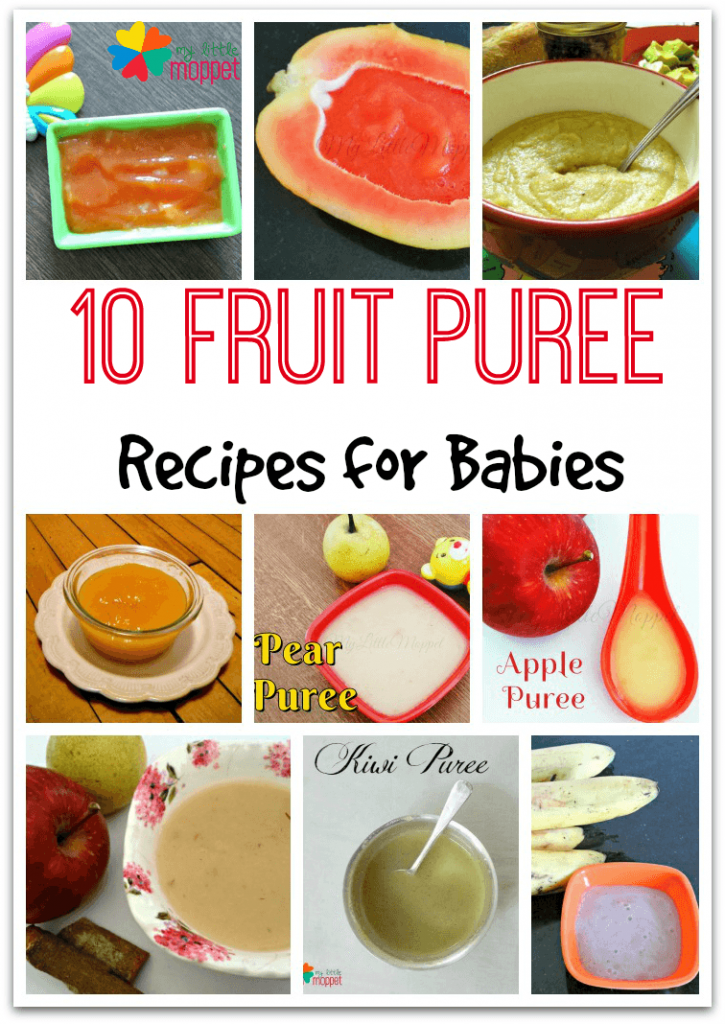 The same recommendations are given for red meat 2 .
The same recommendations are given for red meat 2 .
It is important for students to eat at least 5 servings of various fruits and vegetables per day. One serving is a medium-sized fruit (such as an apple or orange), two small fruits (such as an apricot), 50 g vegetable salad, a glass of fresh juice, three tablespoons of vegetables after cooking 5 .
Dairy products must also be included in the diet of a teenager, the amount is three servings every day 5 . nine0005
The best types of heat treatment of dishes are boiling and stewing, as well as baking 5 .
Proper nutrition for teenagers involves avoiding or minimizing the use of foods with nutritional supplements, margarine, store-bought sauces, out-of-season vegetables, smoked sausages, very spicy or deep-fried foods, lollipops, fast food, chewing gum. It is also worth limiting the consumption of white bread and sugar 1 . The child may eat fatty and sugary foods in small quantities, but these foods should not be used as a substitute for healthy foods as they lack the beneficial elements 4 .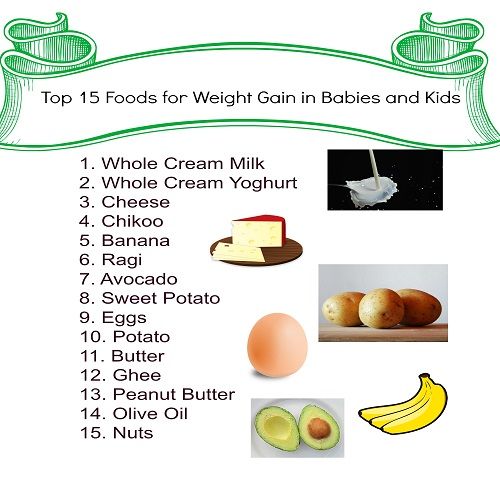
Instilled in childhood understanding of the rules of healthy eating will help to avoid many problems throughout life.
Teenager's nutritional needs
A balanced diet for a teenager is one in which the child receives enough calories throughout the day to meet his energy needs. On average, this is 65 kcal per kilogram of weight, that is, about 2500-3000 kcal per day. If your teenager is physically active, you should increase the number of calories per day in accordance with the energy expenditure for training. nine0005
Adolescents should consume 100-110 g of protein, 90-100 g of fat and an average of 400 g of carbohydrates per day 5 .
How to teach a child to eat healthy?
Rational, balanced, proper nutrition is important at any age, and especially in adolescence. Parents can still influence the student's menu, but in general, the child's food preferences have already been formed. Also, the desire to be independent and do things your own way affects the eating habits of a teenager.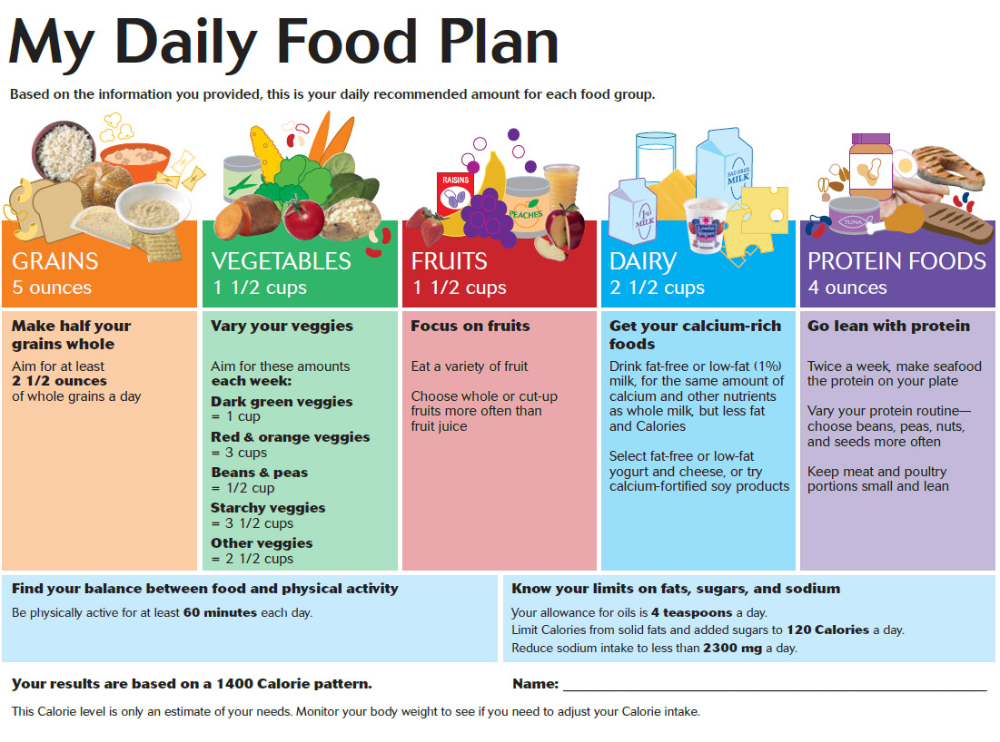 It is important to find a balance between absolute control and the complete freedom of the child in choosing food, which can turn into an unbalanced diet 5 .
It is important to find a balance between absolute control and the complete freedom of the child in choosing food, which can turn into an unbalanced diet 5 .
When introducing a teenager to a healthy lifestyle, the example of parents is important - it is desirable that the principles of a balanced nutrition are observed by the whole family 5 .
Talk to your teen about how certain foods in their diet affect growth and health. Tell him why breakfast is important, what can be the negative consequences of quick snacks for the body, what are the risks of skipping the main meals and diet 2 .
Be sure to pay attention to how your child eats at school. Encourage him to take healthy food from home - an alternative to hot dogs and pizza. For example, you can bring yogurt, fruit, casseroles, and homemade cakes to class 2 .
Diet
Proper nutrition for adolescents should consist of at least four meals - breakfast, lunch, afternoon tea, dinner 6 :
- Breakfast.
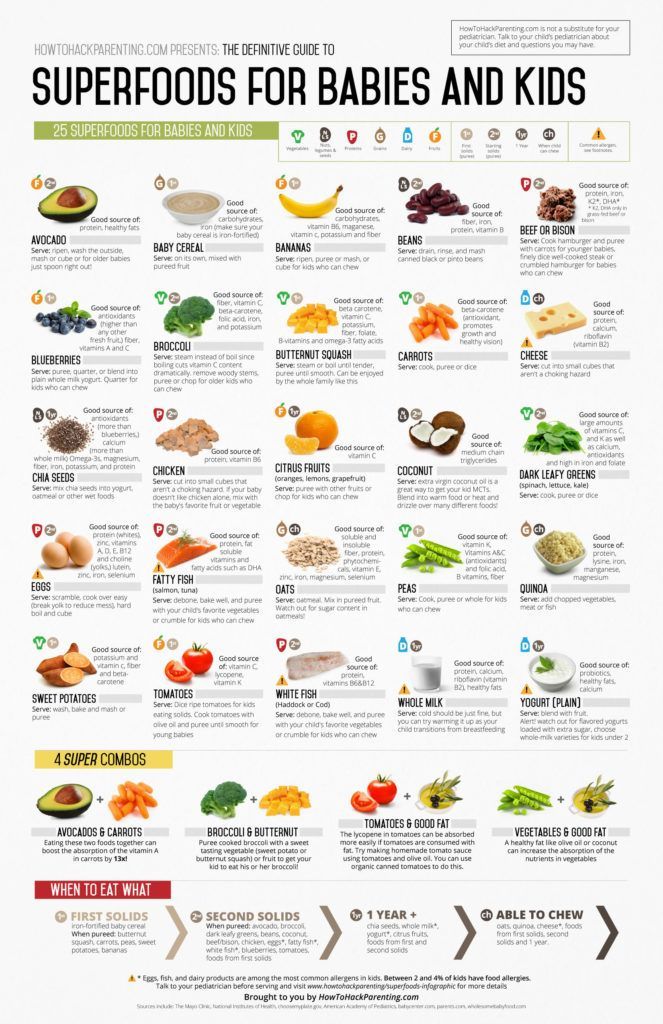 For the morning meal, your child should receive about 25% of all daily calories 6 .
For the morning meal, your child should receive about 25% of all daily calories 6 . - Lunch. This is the most high-calorie meal, no less important for health than breakfast, which accounts for 35-40% of all daily calories 6 .
- Afternoon snack. This is a small snack, which accounts for about 15% of all calories for the day 6 .
- Dinner. At dinner, the child is recommended to consume 20-25% of daily calories. At the same time, it is important that the teenager eat no later than 2 hours before bedtime 6 .
In case of violation of the diet, a malfunction of the gastrointestinal tract may occur, for example, constipation may appear. Unfortunately, they are quite common. Constipation is caused not only by an unbalanced diet, but also by stressful situations, which are not uncommon in adolescence 7 .
To eliminate the unpleasant symptoms of constipation, the use of laxatives is suitable.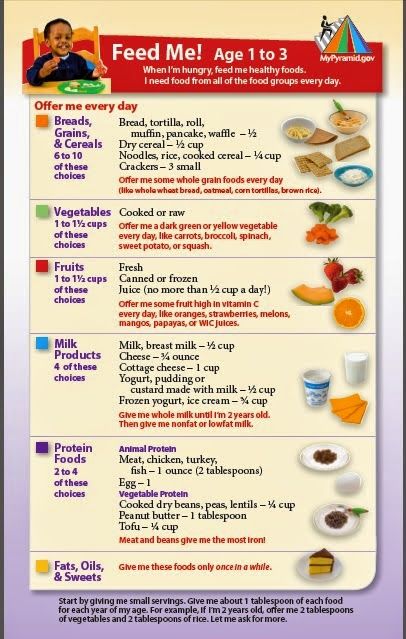 The drug of choice for the treatment of constipation in children of any age is Dufalac® 8 - laxative with physiological action based on lactulose. Dufalac® has a double action: it gently cleanses the intestines and normalizes the balance of its microflora 9 . It has a high safety profile 9 , is non-addictive* and can be taken for an unlimited duration 9.10 .
The drug of choice for the treatment of constipation in children of any age is Dufalac® 8 - laxative with physiological action based on lactulose. Dufalac® has a double action: it gently cleanses the intestines and normalizes the balance of its microflora 9 . It has a high safety profile 9 , is non-addictive* and can be taken for an unlimited duration 9.10 .
In addition, the advantages of Duphalac® are:
- restoration of proper bowel function 9 ;
- no auxiliary components (only lactulose and purified water) 9 ;
- single dose during the day;
- variety of forms
What liquids to give teenagers?
The total amount of liquid drunk by a teenager per day depends on the characteristics of his diet, activity level and weather. Drink more water on hot days or during physical activity. Middle-aged and older children need about 50 ml of fluid per day for every kilogram of weight 11 .
The best drink is boiled or purified water. A balanced diet of adolescents allows the inclusion in the diet of school-age children such drinks as milk, compotes, kissels, rosehip infusion, decoctions of dried fruits, tea and cocoa 11 .
Juice is considered a less preferred drink due to its high content of simple sugars and high acidity. If a child drinks freshly squeezed juice, it must be diluted with water, especially if a diet is prescribed for him by a doctor 11 .
Teenagers should avoid carbonated drinks and drinks high in caffeine. Caffeine interferes with iron absorption and can cause sleep problems. Carbonated, foamy drinks do not quench thirst well, irritate the digestive tract and - in most cases - contain various chemical additives 11 .
How to make a menu?
Proper nutrition for teenagers begins with menu planning. In this case, the child’s daily routine should be taken into account, in particular, the time of attending school, sports sections, tutors and other activities, as well as whether there is a need to adhere to a certain diet 2.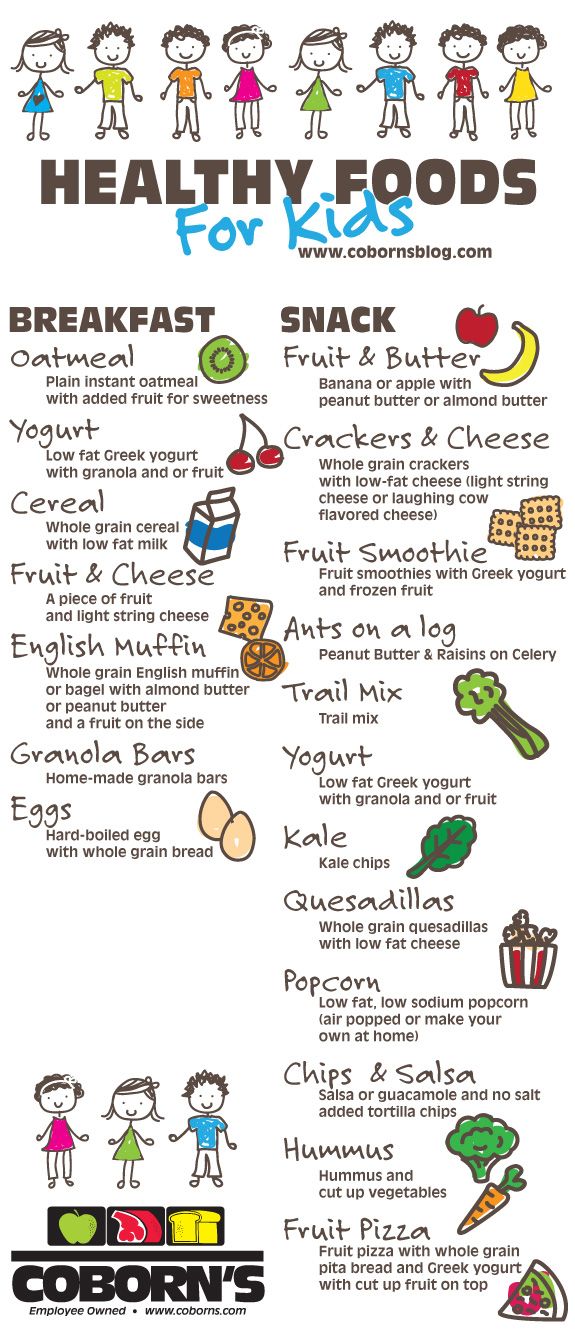 3 .
3 .
It is better to make a menu for the whole week at once, so it will turn out to be more varied and satisfying.
For breakfast, the child should receive an average of 300 g of the main course, as well as a drink with a volume of about 200 ml. Milk porridge, cottage cheese dishes, scrambled eggs are considered good breakfast options. You can add vegetables, nuts, berries, fruits, meat, sauces 2.3 .
When a teenager eats at school according to the lunch regimen, they eat soup, a main course (usually a side dish with meat or fish) and drinks. The homemade lunch menu is built on the same principle. The child is given about 250 ml of the first course and about 100 g of vegetable salad. The main course is offered in a volume of up to 300 grams, and a drink in a volume of 200 ml 2.3 .
For an afternoon snack, proper nutrition for a teenager includes dairy products, fruits, cold snacks and cookies. Approximate plate sizes: 100 g for pastries, 100 g for fruits and 150-200 ml for drinks 3 .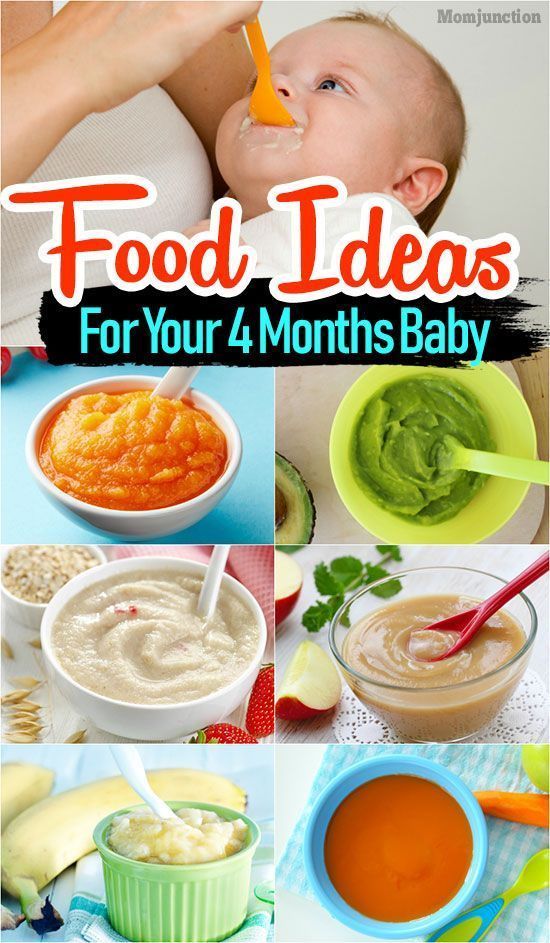
For dinner, with proper nutrition, a teenager should receive a main course (about 300 g) and a drink (200 ml). It can be cottage cheese casserole, eggs or fish dishes. Porridge and vegetable dishes are also the best dinner option with proper nutrition for a teenager 3 .
Bread can be added to any meal, offering the child pastries from different types of flour.
Menu example
An approximate daily menu for a teenager with the right diet might look like this:
- Oat milk porridge with dried apricots, bread with cheese, cocoa.
- Egg, tomato and cucumber salad, noodle broth, stewed cabbage, meatballs, grape juice, bread. nine0098
- Cottage cheese biscuits, apple, milk.
- Potato casserole with meat, rosehip infusion, bread 3 .
Or like this:
- Omelet with tomatoes and cheese, rye bread, tea with honey.
- Zucchini caviar, vegetable soup with sour cream, buckwheat porridge, stewed liver, apple jelly, bread.

- Oatmeal cookies, baked apples, fermented baked milk. nine0095 Pancakes with cottage cheese and raisins, cocoa, bread 3 .
Developed with support from Abbott to improve patient health awareness. The information in this material is not intended to replace the advice of a healthcare professional. Contact your doctor.
what foods children should not eat and how to teach them to eat right?
Proper nutrition of children is underestimated by many. After all, our parents, grandparents somehow grew up without this knowledge. But in fact, the older generations, who grew up in conditions of total scarcity, did not have to fight temptations. They just didn't exist. And the products that were available were much more suitable for the definition of proper nutrition than the food that children now eat. And it's not even about fast food, the dangers of which are known to almost everyone. Nutritionists and other children's doctors spoke about what foods children should not eat and how to teach them to eat right in an interview with MIR 24. nine0005
nine0005
“Nutrition is one of the main factors determining the normal development of a child, it has the most direct impact on his growth and health,” says pediatrician, senior medical consultant of Teledoctor 24 Maria Mamedova . - It is most important to observe the principles of rational nutrition in children of early and preschool age. This period is characterized by intensive growth processes, improvement of the functions of many organs and systems, especially the nervous system, enhanced metabolic processes, and the development of motor activity. nine0005
What not to eat for babies and preschool children
Vinogradov pediatrician Vladislav Zyablitsky , in addition to harmful foods for children of all ages, pediatricians emphasize foods that children under 3 years old should not eat. Here they are.
- Seafood such as shrimp, mussels, crabs (allergic).
- Sausages, sausages, sausages (overflowing with flavors, dyes, preservatives).
 nine0098
nine0098 - Lamb, fatty pork, meat of waterfowl (geese and ducks) - contain an excessive amount of refractory fats of animal origin.
- Melon and grapes (increase gas production and increase the load on the pancreas).
- Everyone's favorite delicacy is ice cream (has an increased level of fat content, sugar content, harmful additives that can cause allergies).
- Honey if the child is prone to food allergies.
- "Adult" non-adapted milk (dangerous with allergies, problems with the gastrointestinal tract, reduced immunity of the child's body, metabolic disorders, atherosclerosis and arterial hypertension in the future). nine0098
- Cakes, cakes, sweets, chocolate, puff or shortbread cookies, other confectionery. They are crammed with food additives, sugar, fat, but contain almost no nutrients.
- Cocoa - due to the high fat content of the drink and the invigorating alkaloid theobromine.
- Do not give tomatoes until 1 year of age (they overload the kidneys).

- Only after 1.5 years is it permissible to give the child garlic, onions, bell peppers in small amounts.
- Pickled cucumbers and pickled tomatoes should not be given until 2 years of age (due to bacteria). nine0098
- Nuts, especially peanuts (very strong allergens).
- Celery (excessively activates the activity of the pancreas).
- Red and black caviar is forbidden up to 5 years (very allergenic, includes preservatives; contains excess salt, which is fraught with kidney damage). For the same reason, salted fish is prohibited.
- Mushrooms - children's body does not contain enough enzymes to digest them. In addition, mushrooms accumulate radioactive substances and heavy metals.
Strictly not recommended for all children, regardless of age: salty crackers, chips, french fries, hamburgers and other fast food.
“The best way to avoid a child's love for such food is not to go to places where it is sold. Confidently walk past the bright signs of fast food restaurants, ignore the aroma of pies in a kiosk near the subway, forget about noodles and instant soups. After all, this food is a direct path to obesity, diabetes, to malfunctions of the immune and cardiovascular systems,” says Maria Mammadova. The pediatrician adds a few more to the list of products prohibited for preschoolers. nine0005
Confidently walk past the bright signs of fast food restaurants, ignore the aroma of pies in a kiosk near the subway, forget about noodles and instant soups. After all, this food is a direct path to obesity, diabetes, to malfunctions of the immune and cardiovascular systems,” says Maria Mammadova. The pediatrician adds a few more to the list of products prohibited for preschoolers. nine0005
- Semi-finished products . It is fast, convenient, but not useful for children whose gastrointestinal tract is imperfect - the processes of digestion, the production of enzymes and bile in preschool children are still immature. The nutritional value of semi-finished products is a dubious question, and one can only guess about the qualitative composition of their components. For the production of semi-finished products, vegetable proteins are often used, which are inferior to meat and fish in terms of amino acid composition. Excess salt in ready-made semi-finished products creates an unnecessary burden on the child's kidneys, food additives provoke allergies, spices irritate the gastrointestinal mucosa, starch and soy are poorly digested, causing functional disorders of the digestive system.
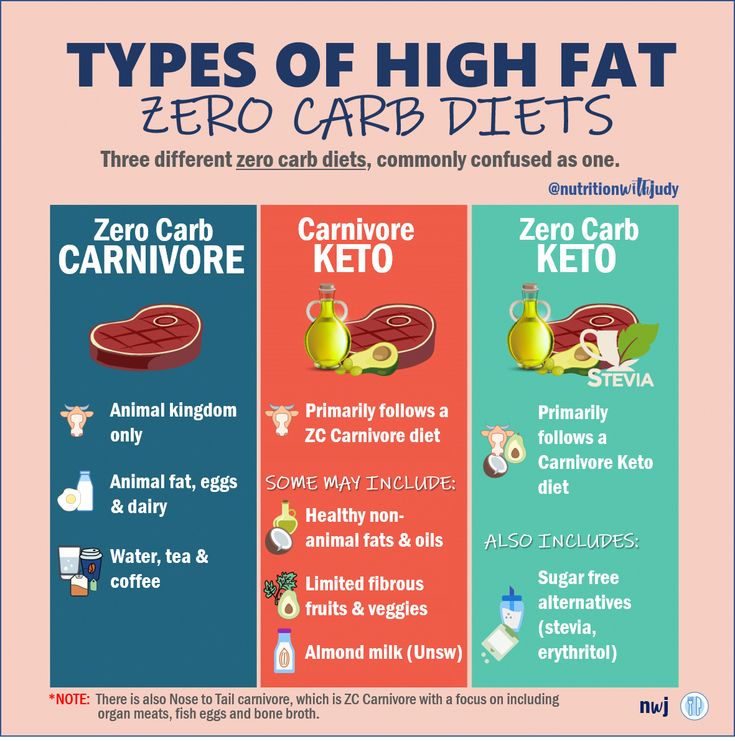 nine0098
nine0098 - Minced meat for children's food is best prepared by yourself, as the store-bought often contains a lot of fat, connective tissue, and bird skin. The same applies to minced fish: it is prepared from low-value fish varieties, and only a production specialist can control the quality of the product.
- Sausages . Some parents sometimes replace a full-fledged meat or fish dish on the children's table with sausages - for the same reasons of saving time. The cost of a kilogram of the most optimal quality sausages is almost equal to the price of meat (veal, beef, pork), and sometimes even higher. But this does not mean at all that meat of a certain category is present in the composition of the product in the amount stipulated by the regulations. According to GOST, premium sausages consist of beef, pork, powdered milk or cream and eggs. If the product is of a lower grade, then it contains up to 10% trimmed meat, starch and a protein stabilizer. However, on the shelves of shops there are mainly sausages made according to specifications - according to the standards created by the manufacturing enterprise itself.
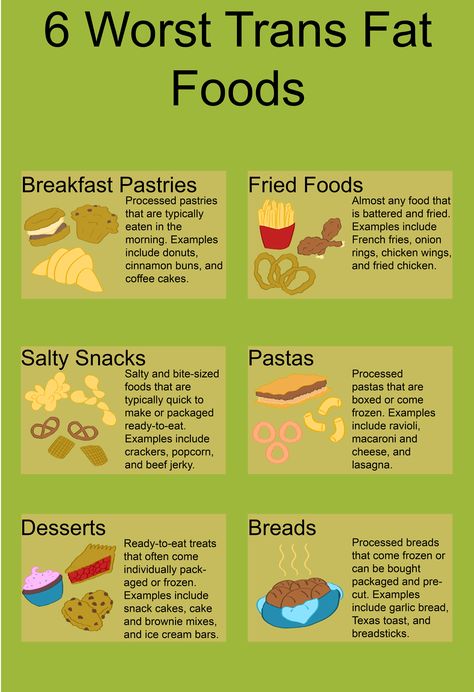 That is why the composition of the product changes and becomes “richer”: various fillers (cheese, paprika), soy, sodium nitrite (color stabilizer) and monosodium glutamate (flavor enhancer), ascorbic and citric acid, as well as salt and spices are added to it. All these components, depending on the concentration in the product, adversely affect the health of the child. nine0098
That is why the composition of the product changes and becomes “richer”: various fillers (cheese, paprika), soy, sodium nitrite (color stabilizer) and monosodium glutamate (flavor enhancer), ascorbic and citric acid, as well as salt and spices are added to it. All these components, depending on the concentration in the product, adversely affect the health of the child. nine0098 - Smoked meat and fish products today are often produced not by the traditional method of smoking, which is also not very useful, but with the use of a special (and very harmful to the human body) substance that gives the product the necessary taste, smell and color.
- Carbonated soft drinks . This is a fully synthetic product. And even a certain percentage of natural juice in the composition of some "soda" is not able to compensate for the harm that artificial dyes, preservatives, flavors, sweeteners and carbon dioxide cause to a fragile body. They not only affect the gastrointestinal tract of the child, spoil the tooth enamel, but can also provoke a lot of serious diseases.
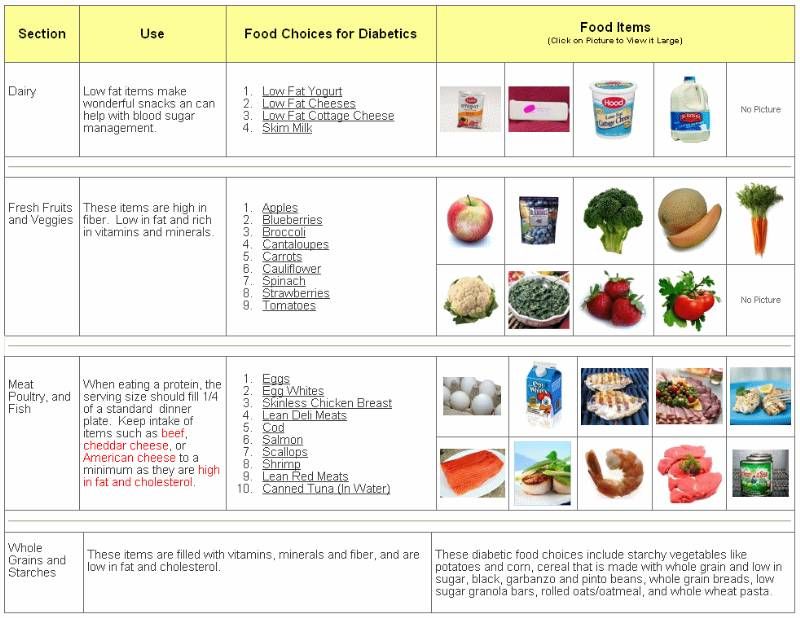 The best drink for a child is water (clean drinking, from two years old - non-carbonated, but not medicinal), freshly squeezed juice diluted with water, fruit or dried fruit compote, berry juice. nine0098
The best drink for a child is water (clean drinking, from two years old - non-carbonated, but not medicinal), freshly squeezed juice diluted with water, fruit or dried fruit compote, berry juice. nine0098 - Vegetables and fruits "out of the can" . There are very few vitamins in products of enhanced heat treatment and long shelf life. Canned vegetables contain a lot of salt and vinegar, fruits - a lot of sugar. And if this is not home preservation, then also synthetic preservatives. Children should be introduced to such products no earlier than seven years. It is better to freeze vegetables, fruits and berries in summer and autumn in order to cook delicious vegetable stews, casseroles, berry fruit drinks and fruit desserts in winter. Or buy ready-made frozen products, remembering that the shock freezing method is the most gentle. nine0098
- Mayonnaise and ketchup . Homemade mayonnaise, a product with a high fat content, can be given to a child only after three years, in small quantities and not systematically.
 From ready-made mayonnaise, which contains flavors, flavors, dyes, thickeners, stabilizers, emulsifiers and preservatives, it is better to refuse altogether. Ketchup also does not apply to baby food. There are a minimum of vitamins and nutrients in it, hot spices will harm the children's body, and they are produced using all the same preservatives and synthetic additives (to improve color, taste, aroma). nine0098
From ready-made mayonnaise, which contains flavors, flavors, dyes, thickeners, stabilizers, emulsifiers and preservatives, it is better to refuse altogether. Ketchup also does not apply to baby food. There are a minimum of vitamins and nutrients in it, hot spices will harm the children's body, and they are produced using all the same preservatives and synthetic additives (to improve color, taste, aroma). nine0098 - Mayonnaise and ketchup . Homemade mayonnaise, a product with a high fat content, can be given to a child only after three years, in small quantities and not systematically.
You can, but be careful: from sweets to spices
This group includes products that children, according to Maria Mamedova, can use under certain conditions, although they can only be introduced from the age of three and they should not be present in the diet constantly.
Sweets . Experts believe that chocolate is contraindicated for children under three years old. It creates an extra load on the pancreas, causes allergies, excites the nervous system of the crumbs, and can provoke caries. An alternative to chocolate are sweets made from carob, a sweet powder made from the pulp of carob.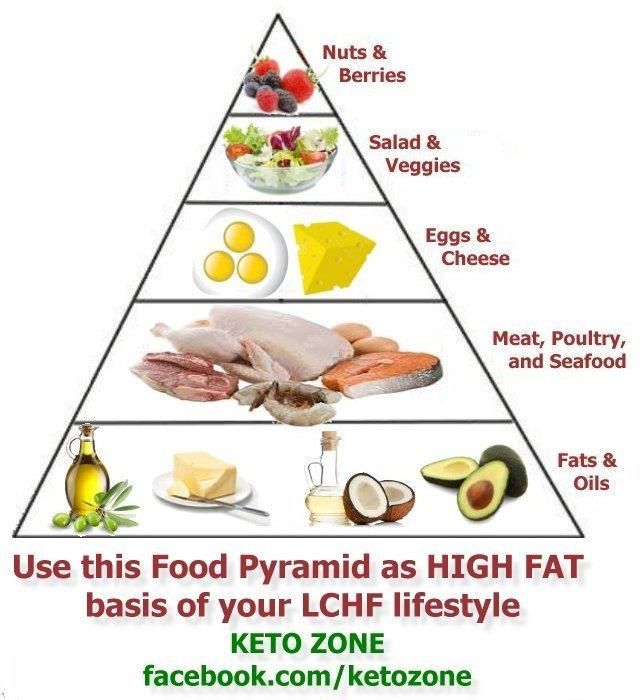 It tastes like cocoa, is very healthy and, unlike chocolate, has no "side effects". nine0005
It tastes like cocoa, is very healthy and, unlike chocolate, has no "side effects". nine0005
The later the child gets acquainted with sweets, the better. But since everything sweet is a source of easily digestible carbohydrates that the body needs, as a dessert, you can occasionally offer your child a little marshmallow, marshmallow, marmalade, jam (while remembering the dangers of synthetic dyes and flavors). It is even better to replace store-bought sweets with berries and fruits, honey (if there is no allergy), dried fruits, sweets and homemade jam.
Flour products . Their regular use provokes excess weight. You can sometimes allow your child to eat a bun or a pie (for an afternoon snack), but it is better to limit yourself to biscuit cookies or drying. Products made from puff, shortbread, pastry, which include margarine, should be completely abandoned - its components increase the level of cholesterol in the blood and provoke the development of vascular diseases in the future.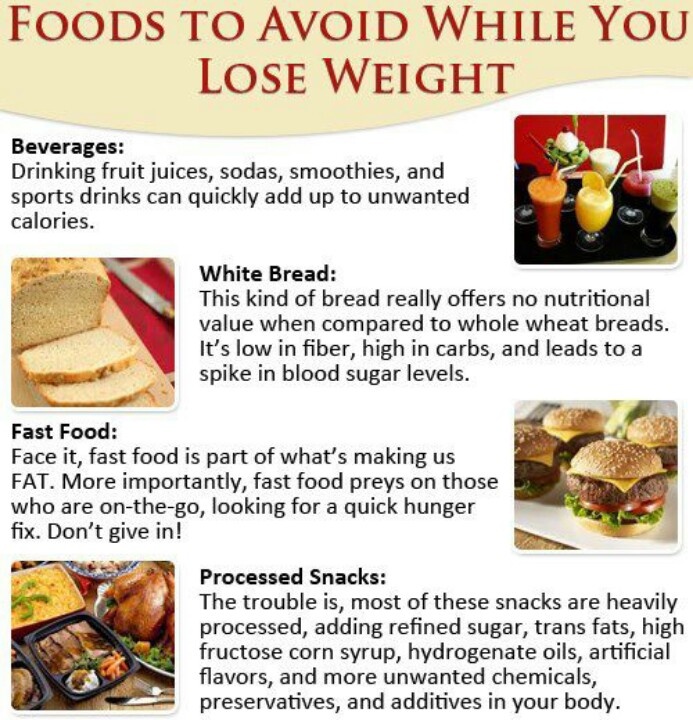
Herbs and spices . They make the taste and aroma of food richer, but seasonings for children's food must be selected very carefully. After a year, greens (dill, parsley, cilantro) can be added to the child’s food, from 1.5-2 years old - onions, garlic (in hot dishes), from 3 years old - bay leaf. Spices used in adult dishes can irritate a child's esophageal mucosa or provoke allergies. nine0005
Ready mixes of spices, various flavoring seasonings should not be added to food for a child, because, in addition to the main components, they contain a lot of salt and various preservatives.
Instant cereals . It is very convenient to use them - you do not need to wash the cereal, wait until it is cooked. It is enough just to pour boiling water over a portioned bag, in which everything is already included - sugar, fruit or chocolate, cream or milk. And also - flavors, flavor enhancers and other synthetic additives. The nutrients and vitamins that whole grains contain are lost during the numerous processing steps.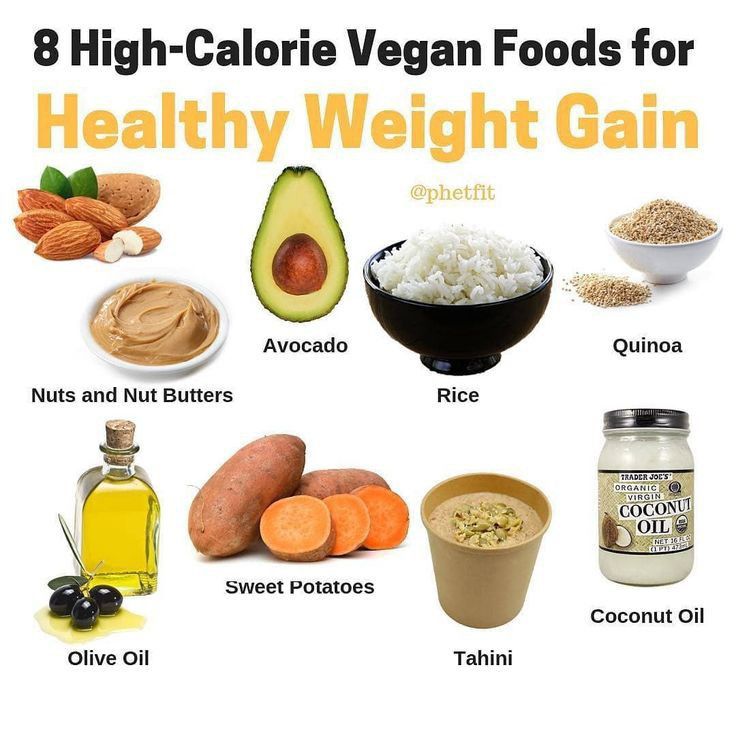 Therefore, the use of such porridge in baby food is justified only in emergency cases. For example, on the road - it's still better than eating sausage or fast food. nine0005
Therefore, the use of such porridge in baby food is justified only in emergency cases. For example, on the road - it's still better than eating sausage or fast food. nine0005
How to teach a child to eat healthy food?
“First of all, by example,” says Maria Mamedova. - If the house does not eat junk food, then the child will daily want what he is used to from an early age. Scientists say that even during pregnancy and breastfeeding, the future mother's cravings for certain foods are passed on to the child.
It is important to prepare the right snacks in advance so that children between meals do not grab cookies or candy from the table, but fruit or granulated bran. Delicious and healthy at the same time. nine0005
If there is soda or sweet store-bought juice in the refrigerator, you can give a 100% guarantee that the child will drink it first of all, and not the vital clean water. Therefore, the water filter should be in the most visible place so that it constantly catches the eye.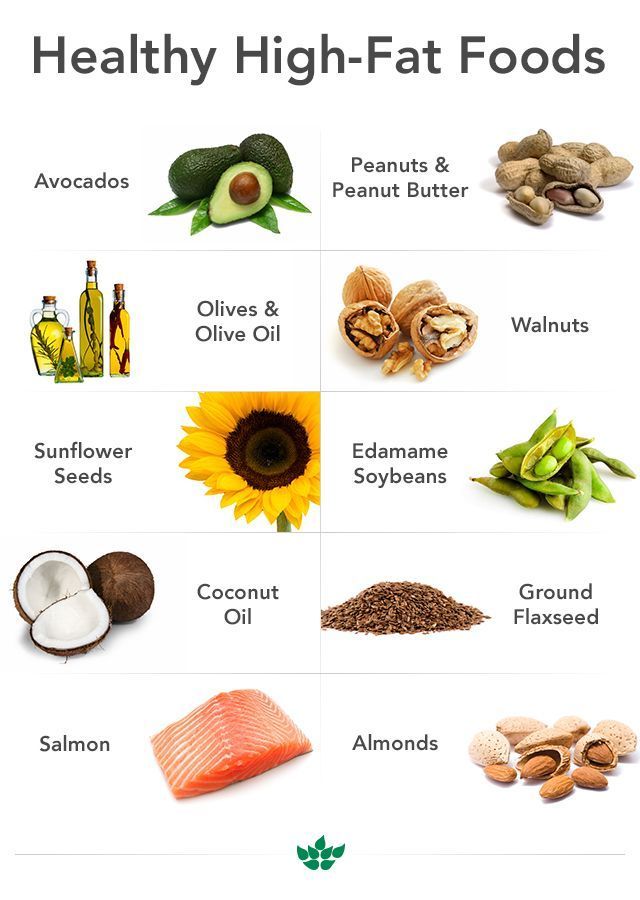
“Watch what your child eats and praise the correct choice. Focus on those products, the consumption of which leads to health, beauty and excellent sports achievements: depending on what he is passionate about,” says Maria Mammadova. nine0005
You can find healthy substitutes for most unhealthy foods. Potato and corn chips will replace dried fruit slices. Instead of candy, you can eat dried fruits and dried berries. It is important not to confuse with candied fruits, in which there is no less sugar than in candies.
Eating regularly reduces the number of snacks, which means better control of what children eat. If breakfasts, lunches and dinners are held at a common table with adults, then the opportunities to intercept a couple of sweets instead of soup are significantly reduced. But healthy snacks are also not harmful, this is the key to the good functioning of the digestive system. Make them accessible and child-friendly. What can be used if there is no time to cook? nine0005
- Cut carrots, sweet peppers, cucumbers into containers.

- Popcorn free of artificial additives and saturated fat is a great whole grain snack.
- Pour fruit and vegetable smoothies into small bottles.
- Place the bowl of fruit in the most visible place.
Let the children participate in the menu design, so they become more interested in the result. It's always nice to get exactly what you ordered, what you like, for dinner. Do not force yourself to eat unloved foods, no matter how useful they may be. You can always find an equally useful replacement. And pay attention to the fact that healthy products are of high quality. nine0005
Reduce the amount of simple sugars in your diet. To do this, it is not at all necessary to put the child on a diet - just look at the label of those products that you buy out of habit, not paying attention to the composition.
- Replace your traditional loaf with whole grain bread.
- Instead of sweet yoghurt, choose natural yoghurt with a fat content of no more than 1-3%.
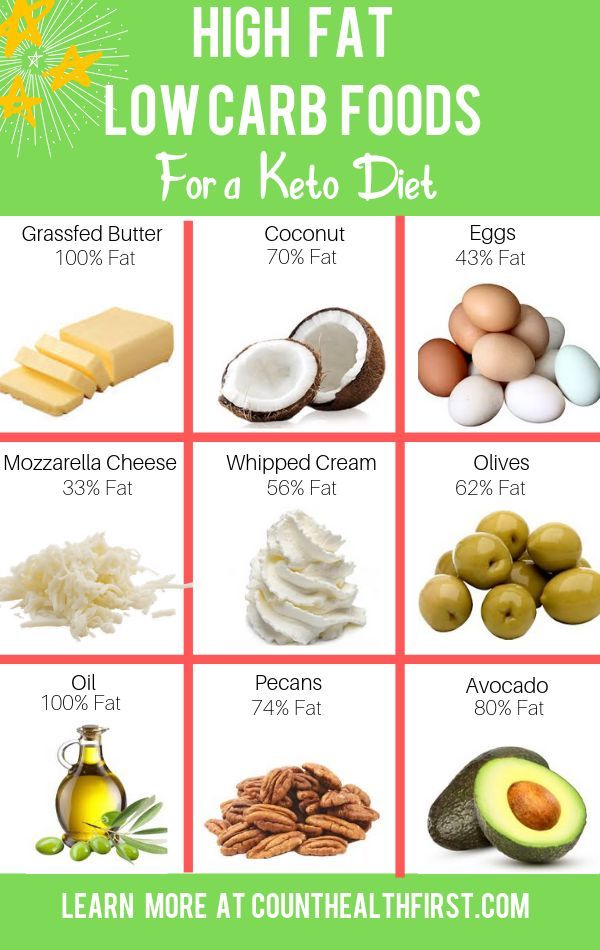
- Make homemade cookies instead of store bought.
- The best replacements for store-bought drinks are water and fruits or fruit and vegetable smoothies. nine0098
- Try to avoid trans fats. They are most commonly found in processed foods, fast food, fried foods, frozen pizzas, pies, cookies, margarines, and sandwich mixes.
- If fried foods are a big part of your diet, try gradually switching to stews, steamed or baked foods.
It is important to maintain a pleasant atmosphere while eating. It is better to postpone the showdown and "debriefing" for another time. TVs and tablets should also be turned off. When a person is busy watching a cartoon or TV show, his brain does not think about food, which adversely affects digestion and leads to obesity. nine0005
“By the way, the correct process of eating can be learned from babies,” says Maria Mamedova. “They only eat when they are hungry, they chew their food thoroughly, giving it all their attention.
And they stop eating as soon as they are full. At the same time, children under three years old cannot be forced to eat foods that they do not like. And they choose, as a rule, exactly those that the body needs at the moment.
Schoolchildren and adolescents: six elements of their healthy diet
In school-age children, the need for basic nutrients and energy remains high and is due to physiological and biochemical characteristics: accelerated growth and development, differentiation of various organs and systems, especially the central nervous system, and the intensity of metabolic processes.
“It is important to follow a differentiated approach to determining nutritional needs depending on the type of student's activity,” says Maria Mamedova. - So, for schoolchildren studying in specialized schools with increased mental and physical stress (mathematical, with the study of foreign languages, sports schools, etc.), the total calorie content of the diet should be increased by 10% of the age norm. During the child's stay in health-improving institutions (holiday camps, forest schools, etc.) due to increased energy consumption (intensive physical education, swimming, hiking, etc.), it is also advisable to increase the calorie content of the diet by 10% with a uniform increase in all nutrients and preservation a balanced diet." nine0005
During the child's stay in health-improving institutions (holiday camps, forest schools, etc.) due to increased energy consumption (intensive physical education, swimming, hiking, etc.), it is also advisable to increase the calorie content of the diet by 10% with a uniform increase in all nutrients and preservation a balanced diet." nine0005
According to the expert, a properly established diet is of great importance for schoolchildren. It is most expedient to establish the following diet: 1st meal - at 8:30; 2nd - at 12:00-13:00, 3rd - at 15:30 - 16:00, 4th - at 19:00. Breakfast and dinner should be 25% of the daily calorie intake, second breakfast - 15%, and lunch - 35% of the daily calorie intake.
If possible, school breakfasts should be hot. If this is not possible, then a milk-fruit breakfast (milk, bun, sweet curd cheese or processed cheese, fresh fruit) can be recommended. Lunch should consist of soup, a second course of meat (fish) and a side dish, a sweet dish (compote, jelly, juice or fresh fruit). It is desirable that before the first course there is a salad of fresh vegetables or a vinaigrette. A teenager can already be offered radishes, radishes with sour cream or vegetable oil, tomatoes, fresh cucumbers with green onions and sour cream instead of salad before meals. Vegetables stimulate appetite, promote the release of digestive juices and improve digestion. nine0005
It is desirable that before the first course there is a salad of fresh vegetables or a vinaigrette. A teenager can already be offered radishes, radishes with sour cream or vegetable oil, tomatoes, fresh cucumbers with green onions and sour cream instead of salad before meals. Vegetables stimulate appetite, promote the release of digestive juices and improve digestion. nine0005
According to Maria Mamedova, there are six groups of products that are simply vital for the full growth and development of a teenager.
- Complex carbohydrates . These are the main suppliers of energy, which is so necessary with rapid growth. They are found in cereals and cereals.
- Products containing protein . These are animal meat, poultry and fish. Protein is the main building material for soft tissues and internal organs. And, by the way, meat, especially red meat, contains iron, a lack of which can cause anemia in a teenager. nine0098
- Vegetable fiber .
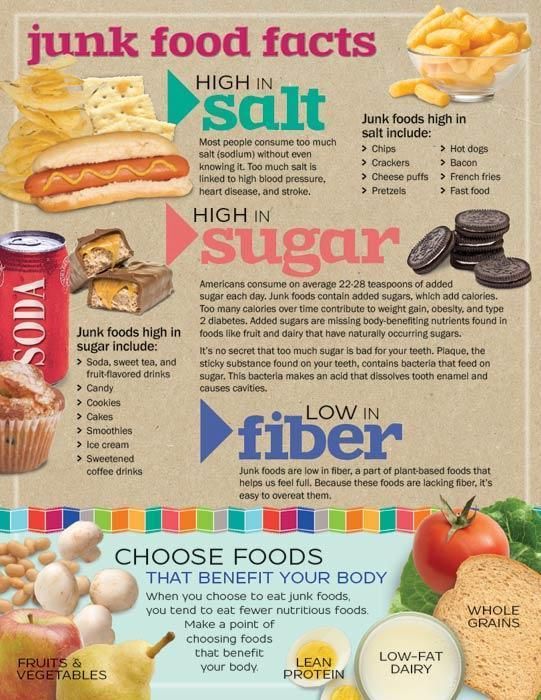 It is nothing but vegetables, root vegetables and fruits. Fiber is necessary for the normalization of the gastrointestinal tract and cleansing the body of toxins due to the natural antioxidants contained in these products.
It is nothing but vegetables, root vegetables and fruits. Fiber is necessary for the normalization of the gastrointestinal tract and cleansing the body of toxins due to the natural antioxidants contained in these products. - Vegetable fats . These are vegetable oils and various nuts. Eating these foods can be a great way to help a teenager avoid the common problems of hair loss and brittle nails at this age. nine0098
- Milk and dairy products . These are irreplaceable suppliers of calcium, vitamin D and phosphorus in the nutrition of adolescents.
- Pure drinking water . For normal functioning of the body, you need to drink an amount of water per day at the rate of 30 ml per 1 kg of body weight. That is, a teenager who weighs 50 kg should drink 1.5 liters of pure water, not counting other liquids.
And if the younger generation adheres to these simple dietary recommendations, health and normal development will be ensured. nine0005
“If in adolescence a person does not get used to healthy food and does not begin to eat right, then it will be quite difficult for him to change his habits and eating habits.
And problems associated with malnutrition can manifest themselves not only in being overweight, but also in the development of various diseases, ”says the doctor.
If you are serious about improving your child's diet, do not try to do it in one day. Here are a few steps to help you transition smoothly to a new diet. nine0005
- Start replacing your usual foods with healthier ones. At the same time, you can tell the teenager why you decided to do this, what knowledge you lacked before and where you got it.
- Make sure that the child does not get the feeling that you are depriving him of something. Let the impression be the opposite: we as a family decided to try something new, gain interesting experiences and improve the quality of life.
- Go shopping together, read the ingredients on a box of corn flakes, and try to choose ones that are free of refined sugar and artificial flavors. nine0098
- Find out more about nutrition, a balanced diet and physical activity, and most importantly, share this knowledge with your children.

Learn more


